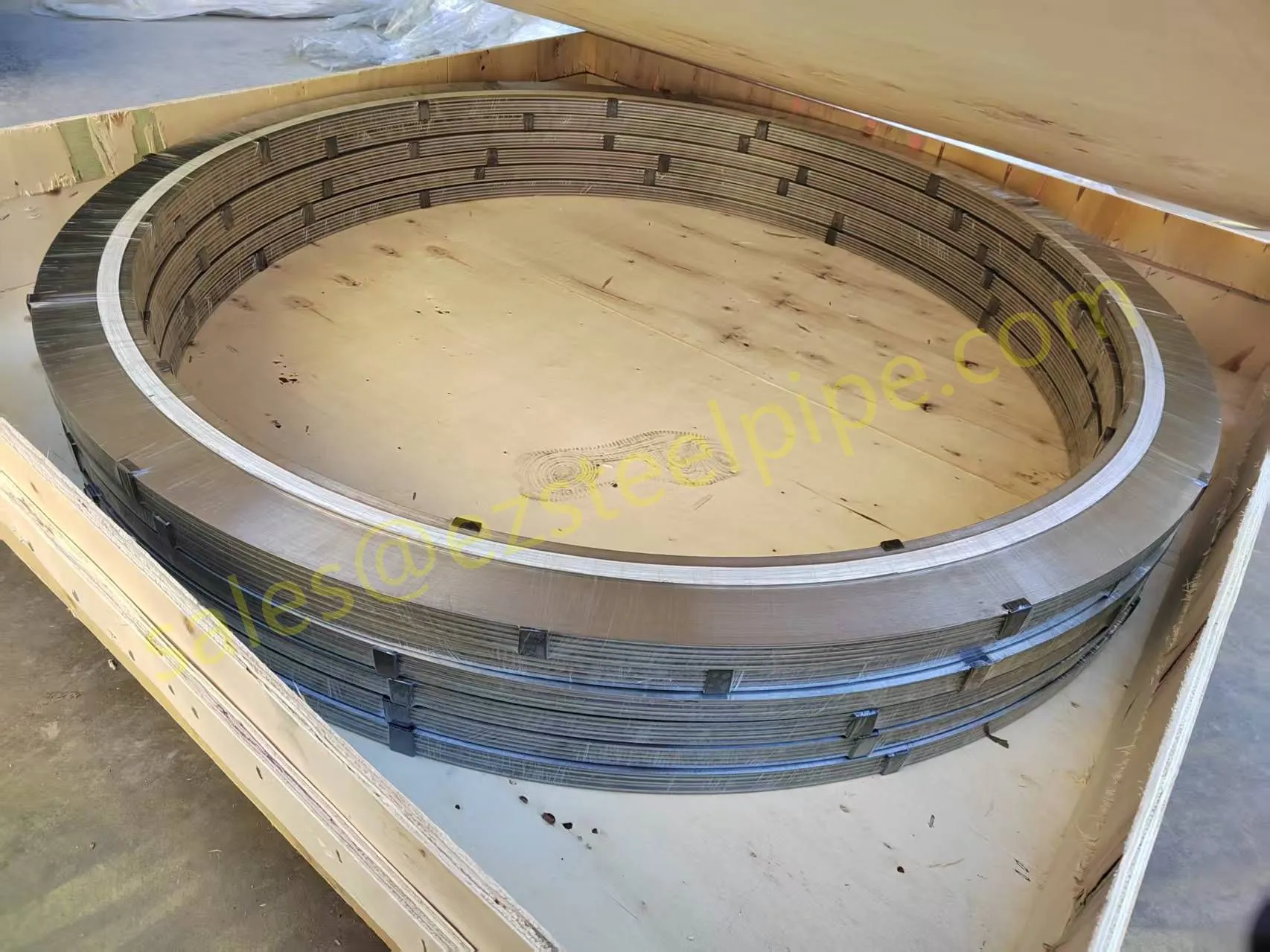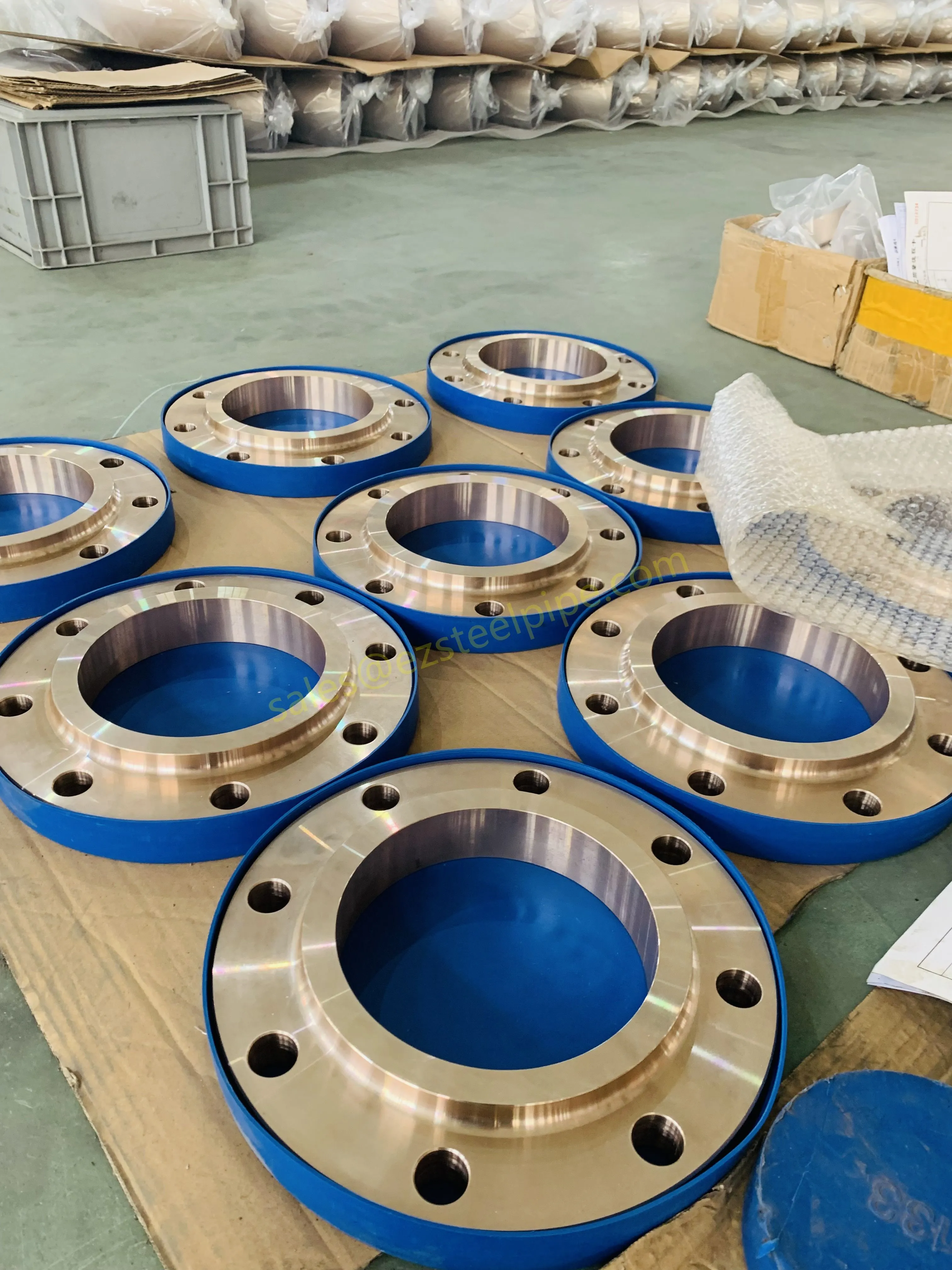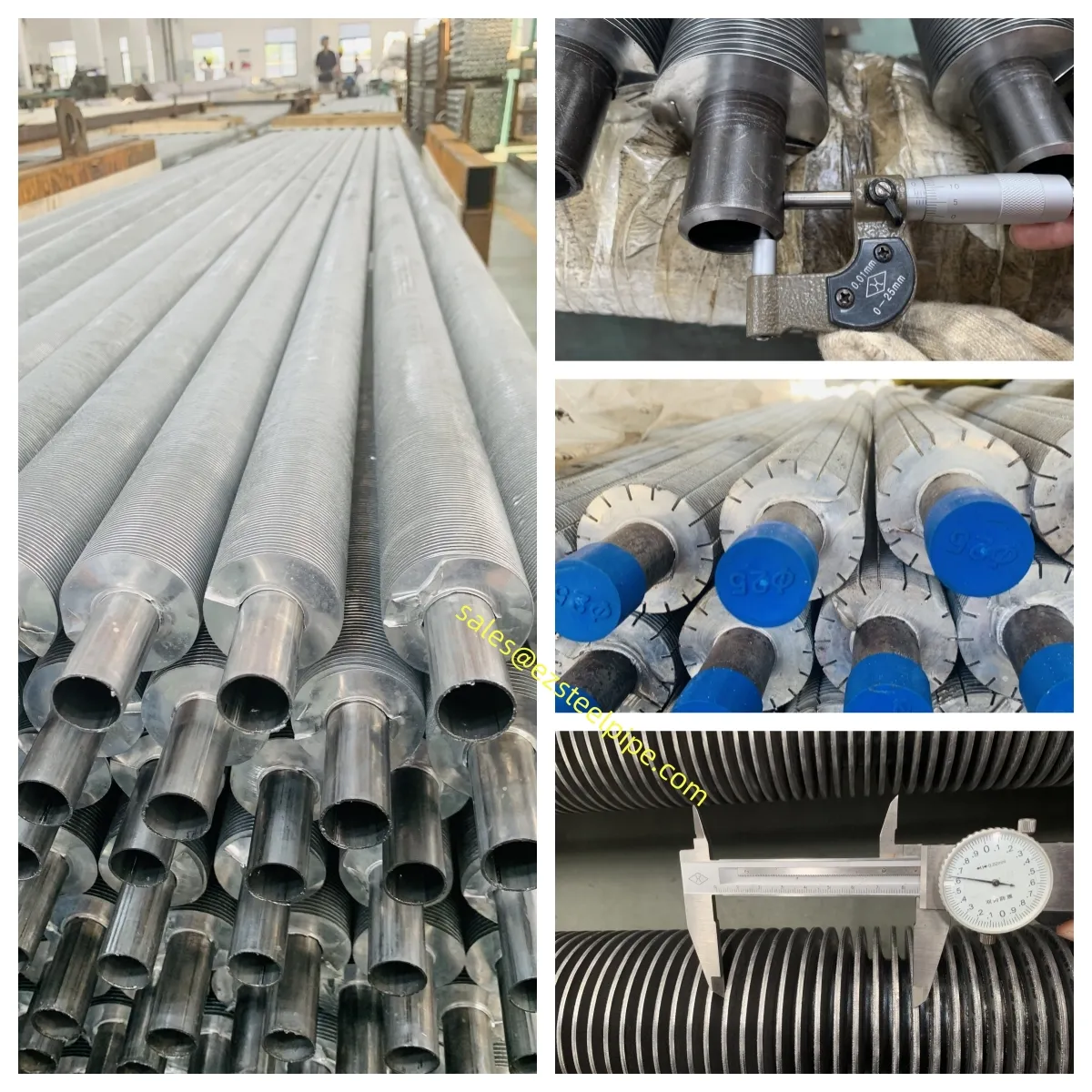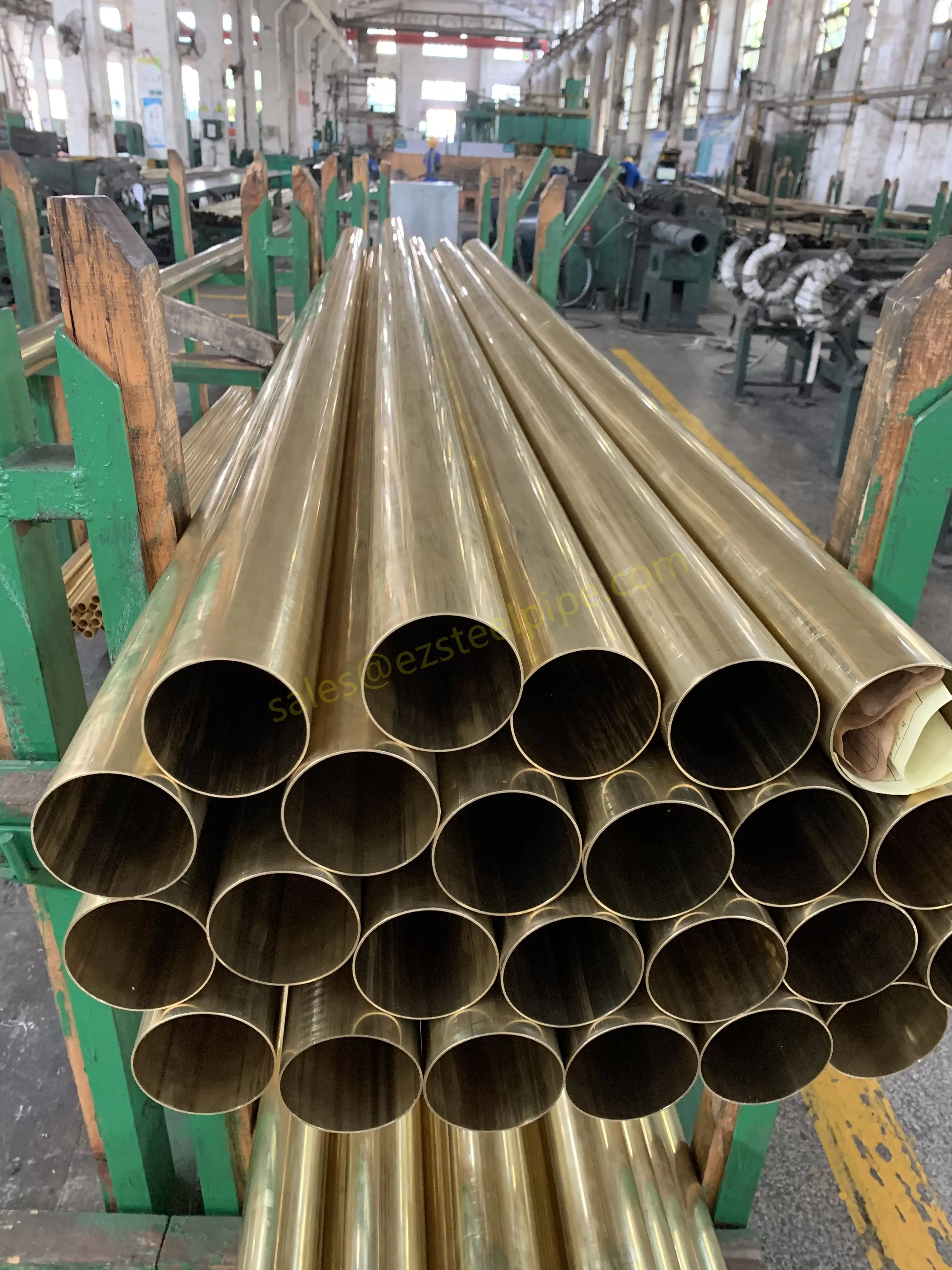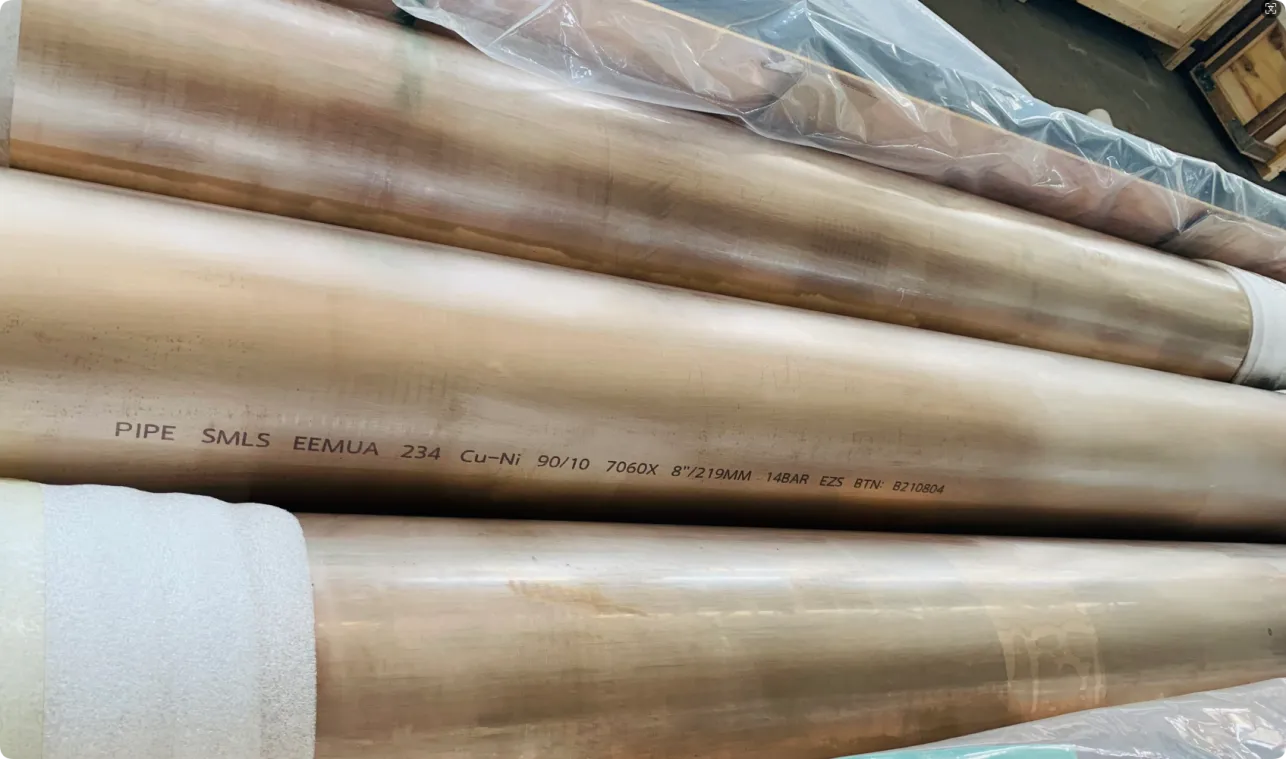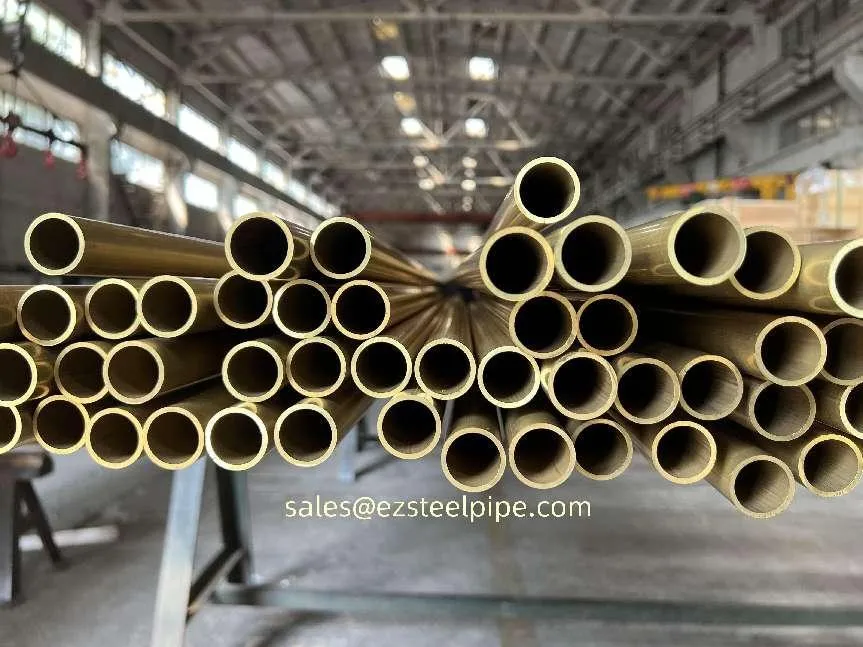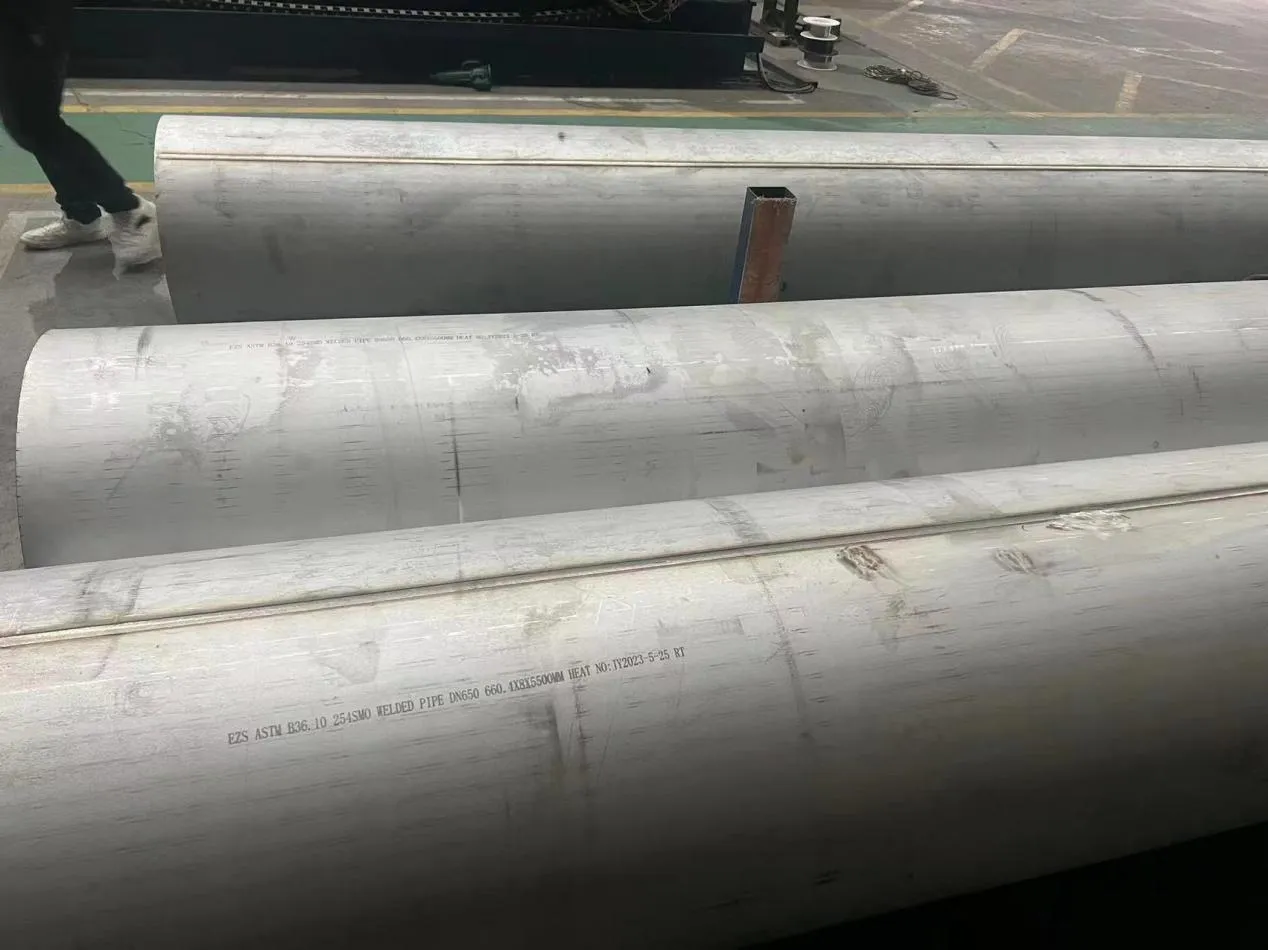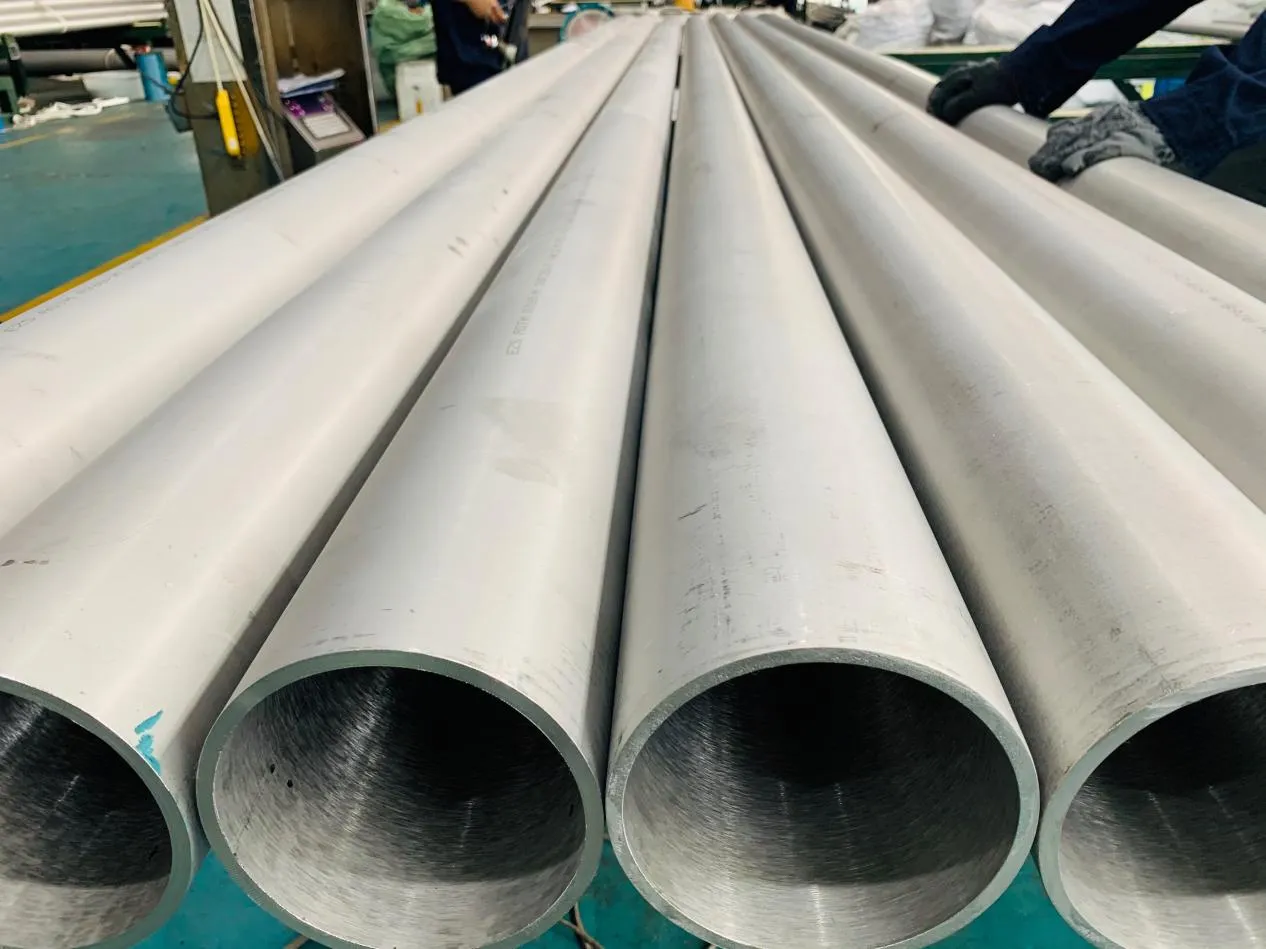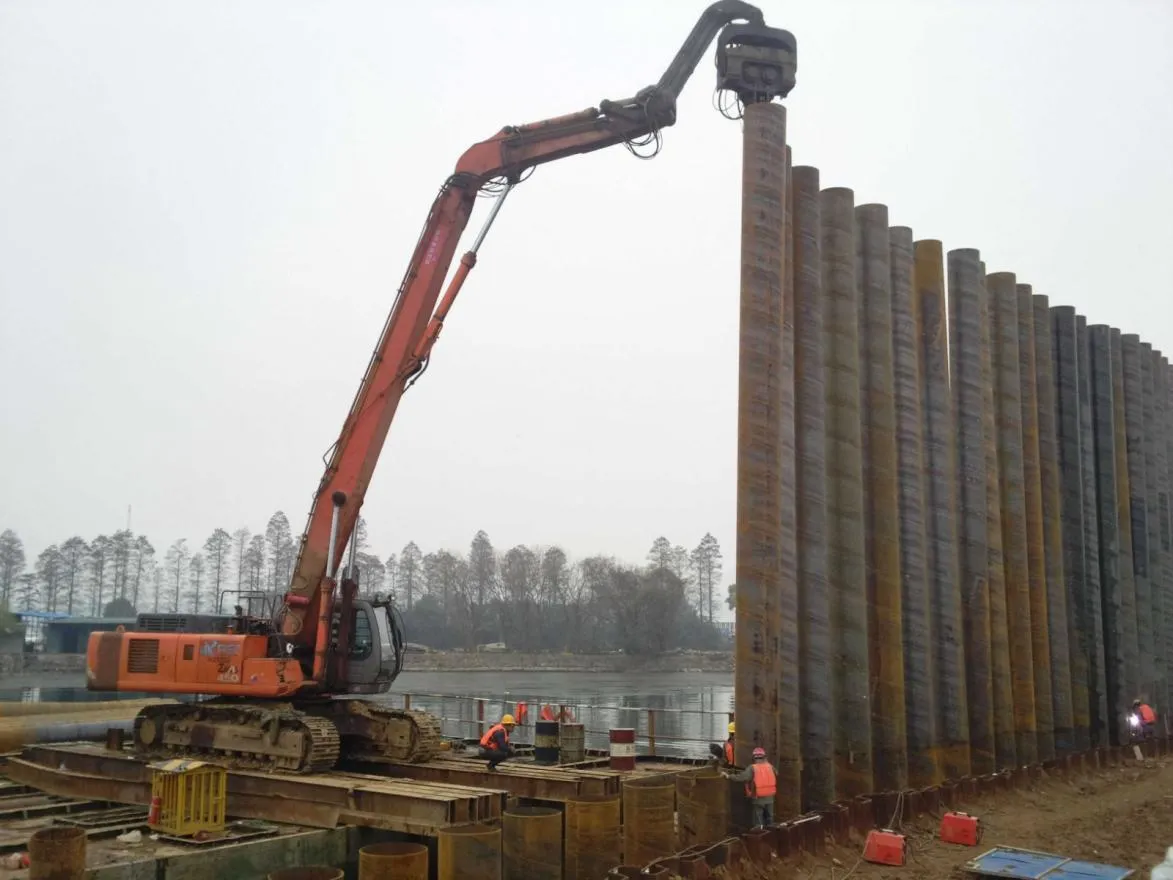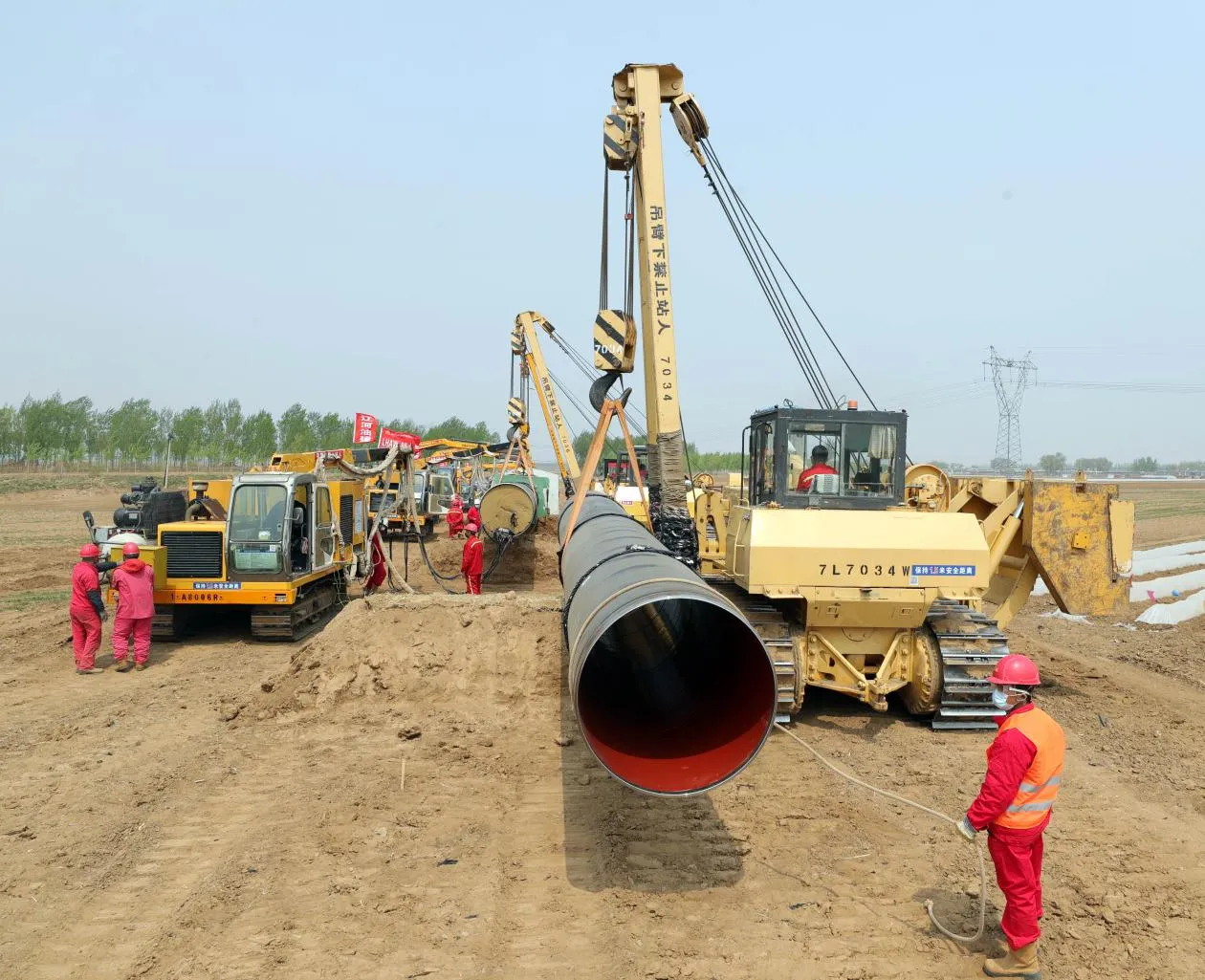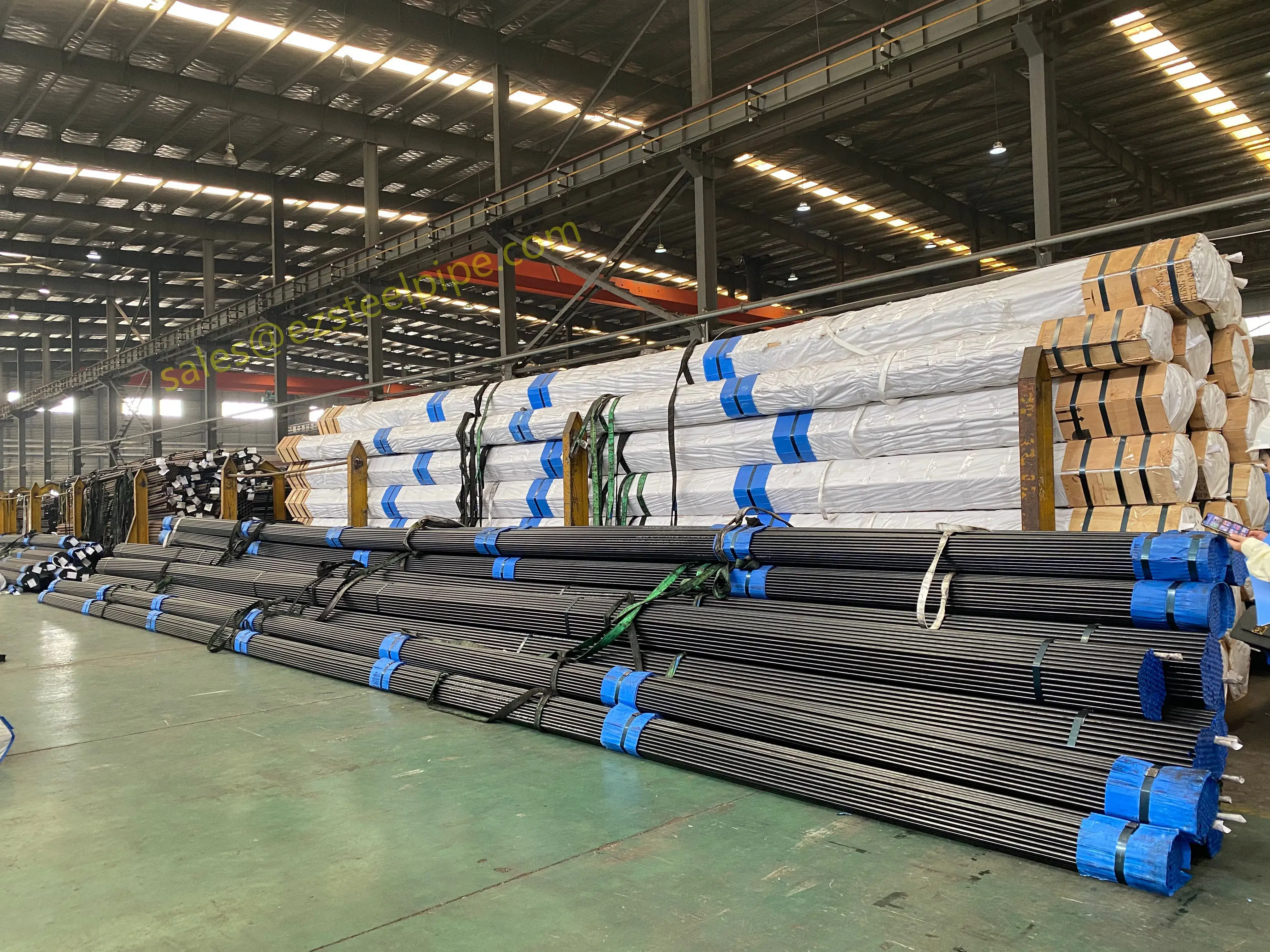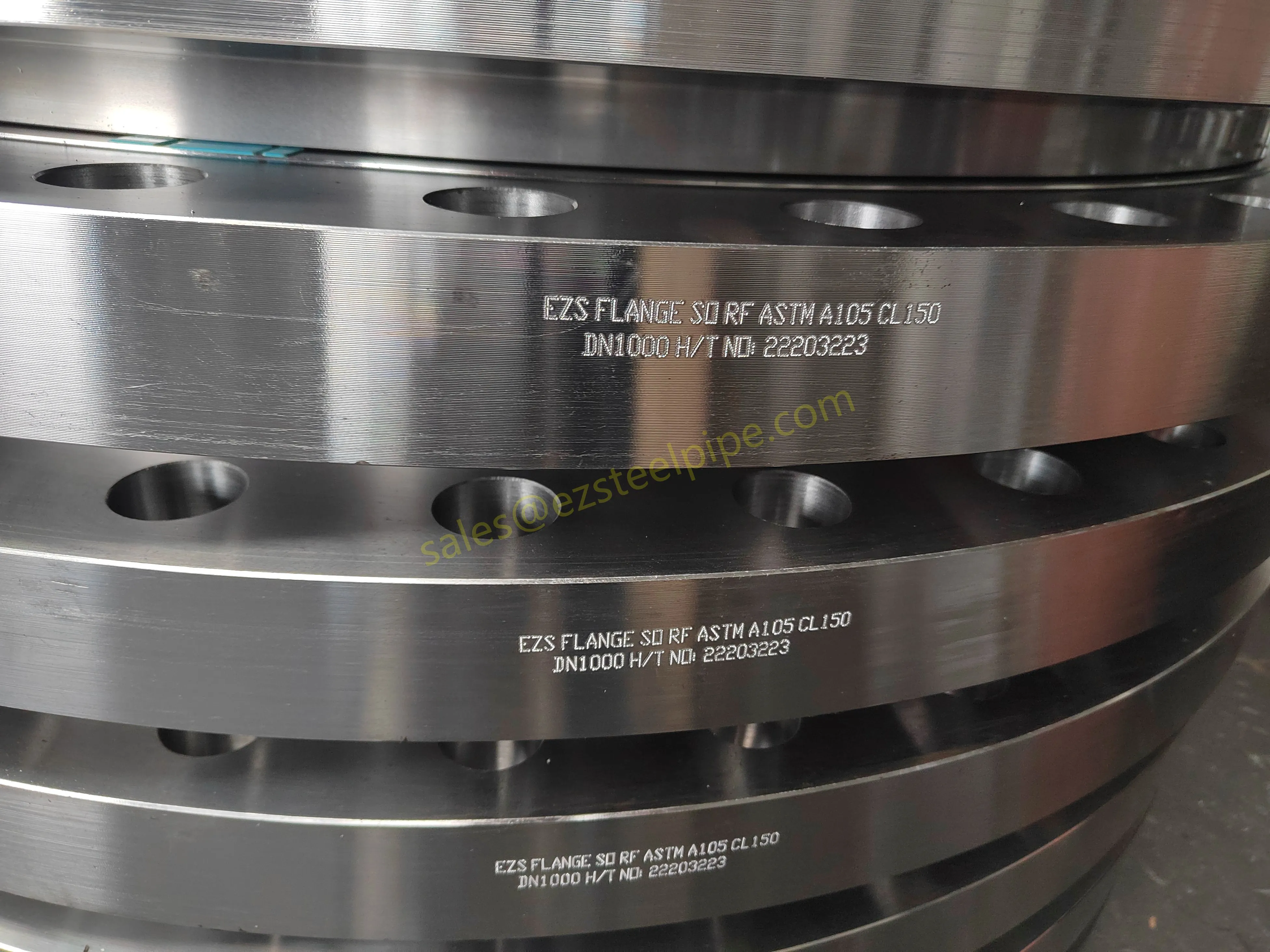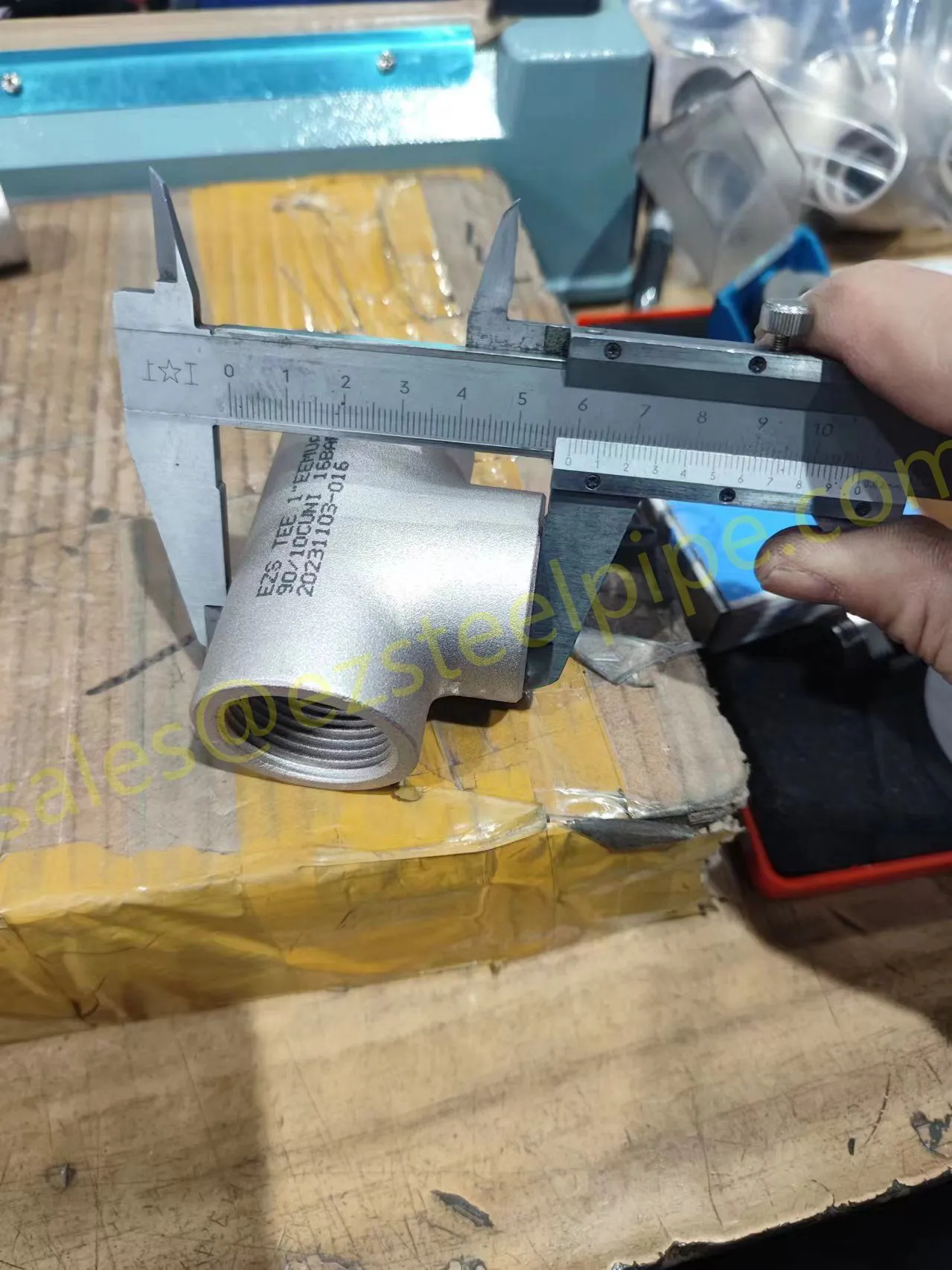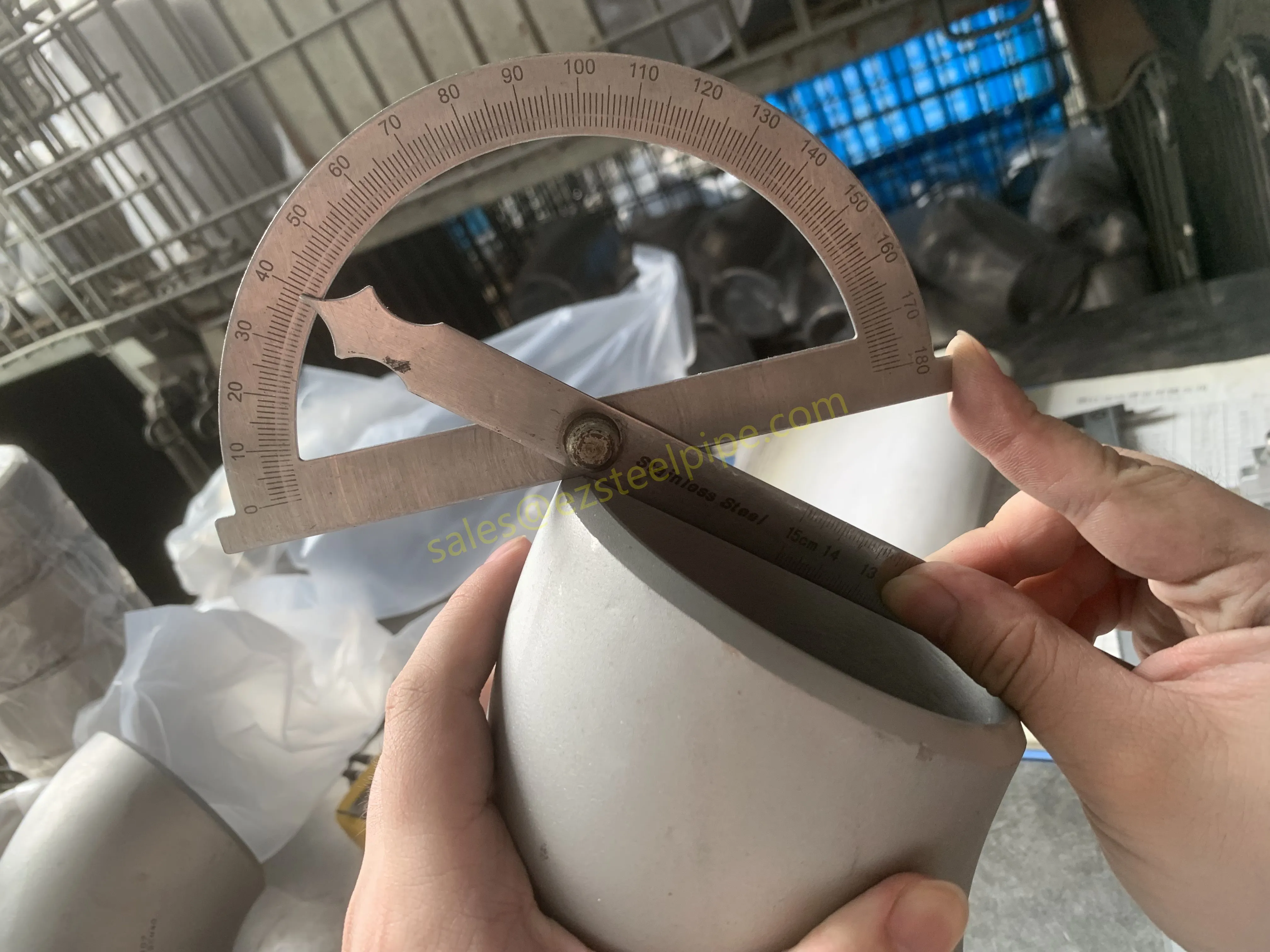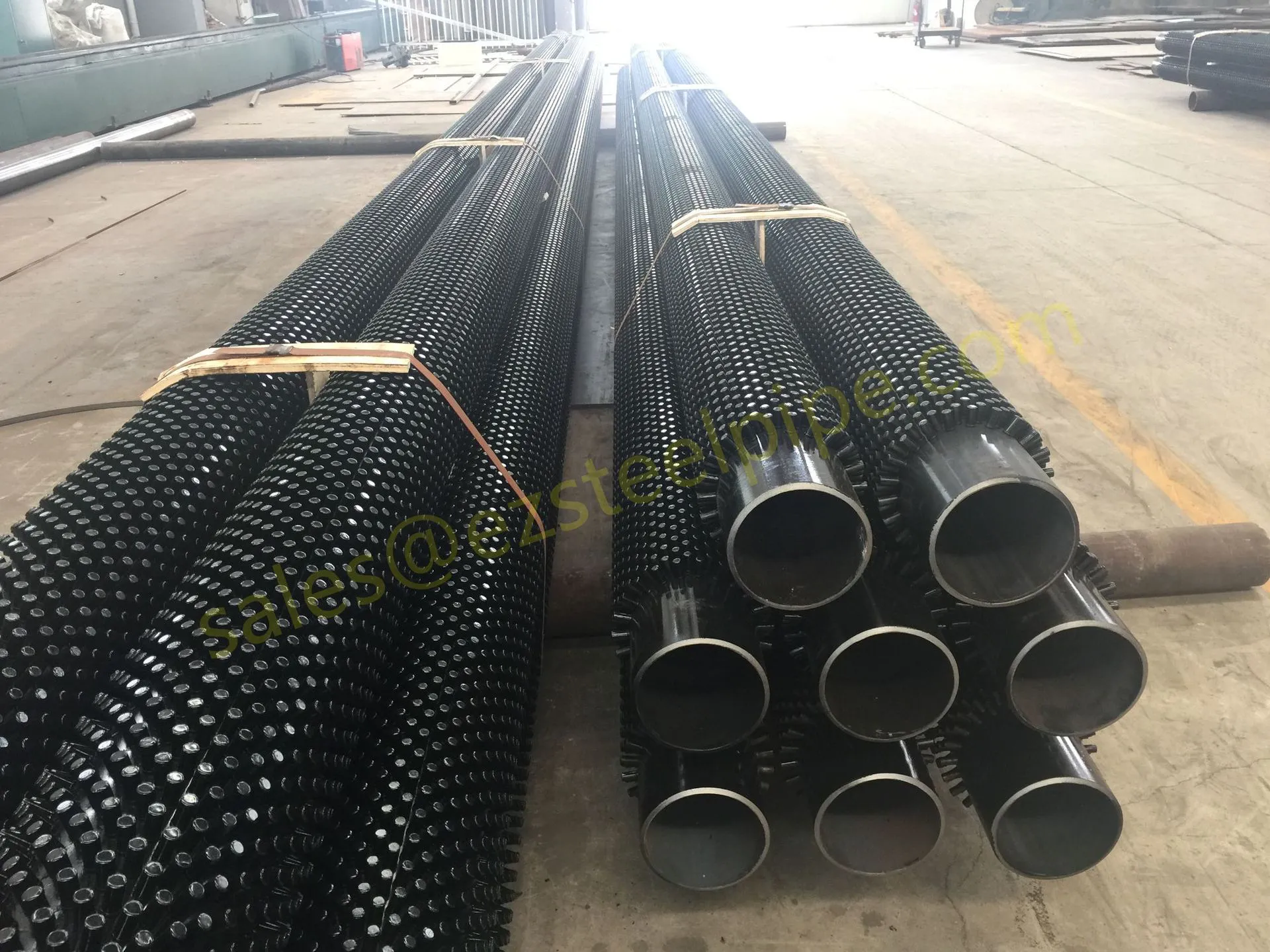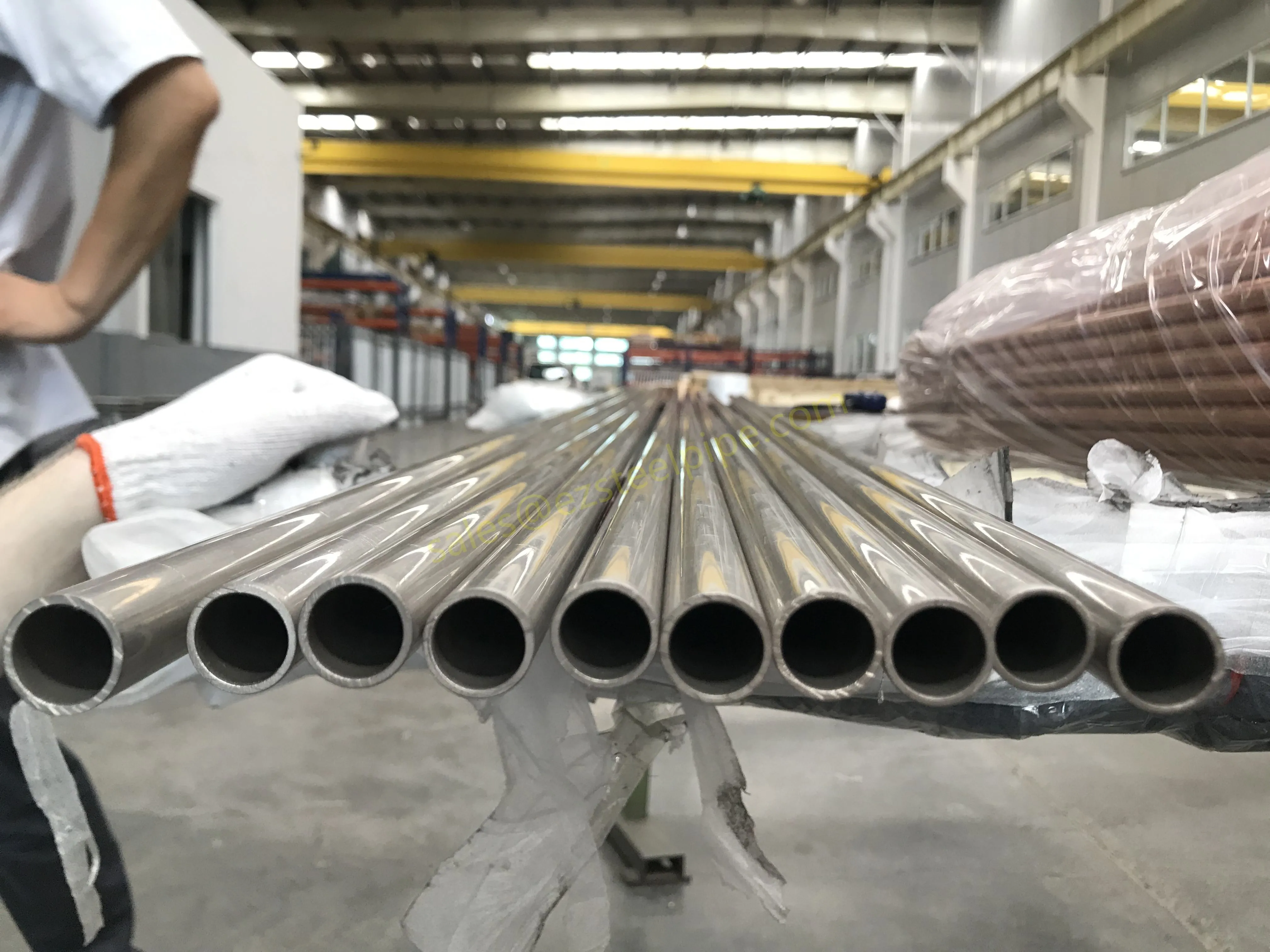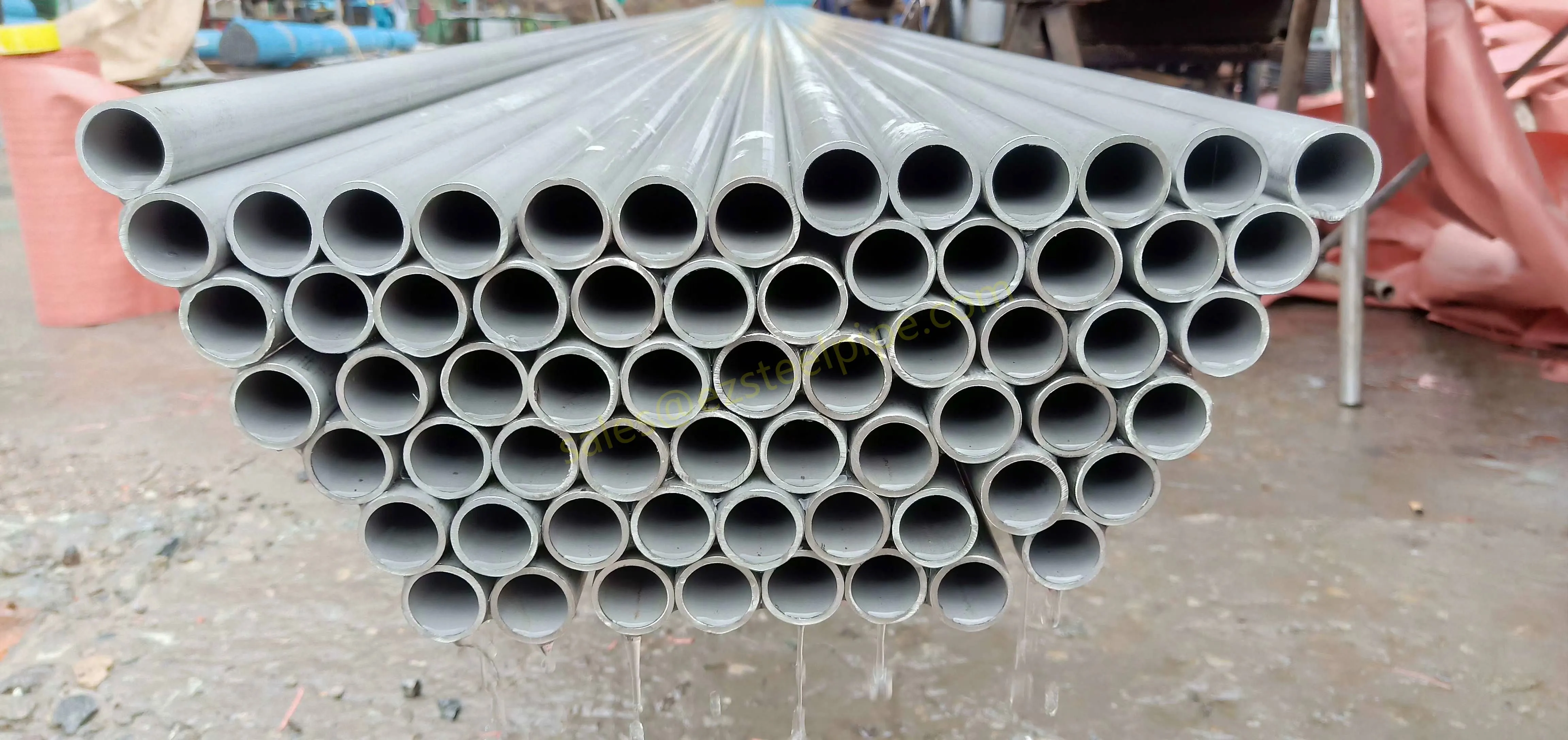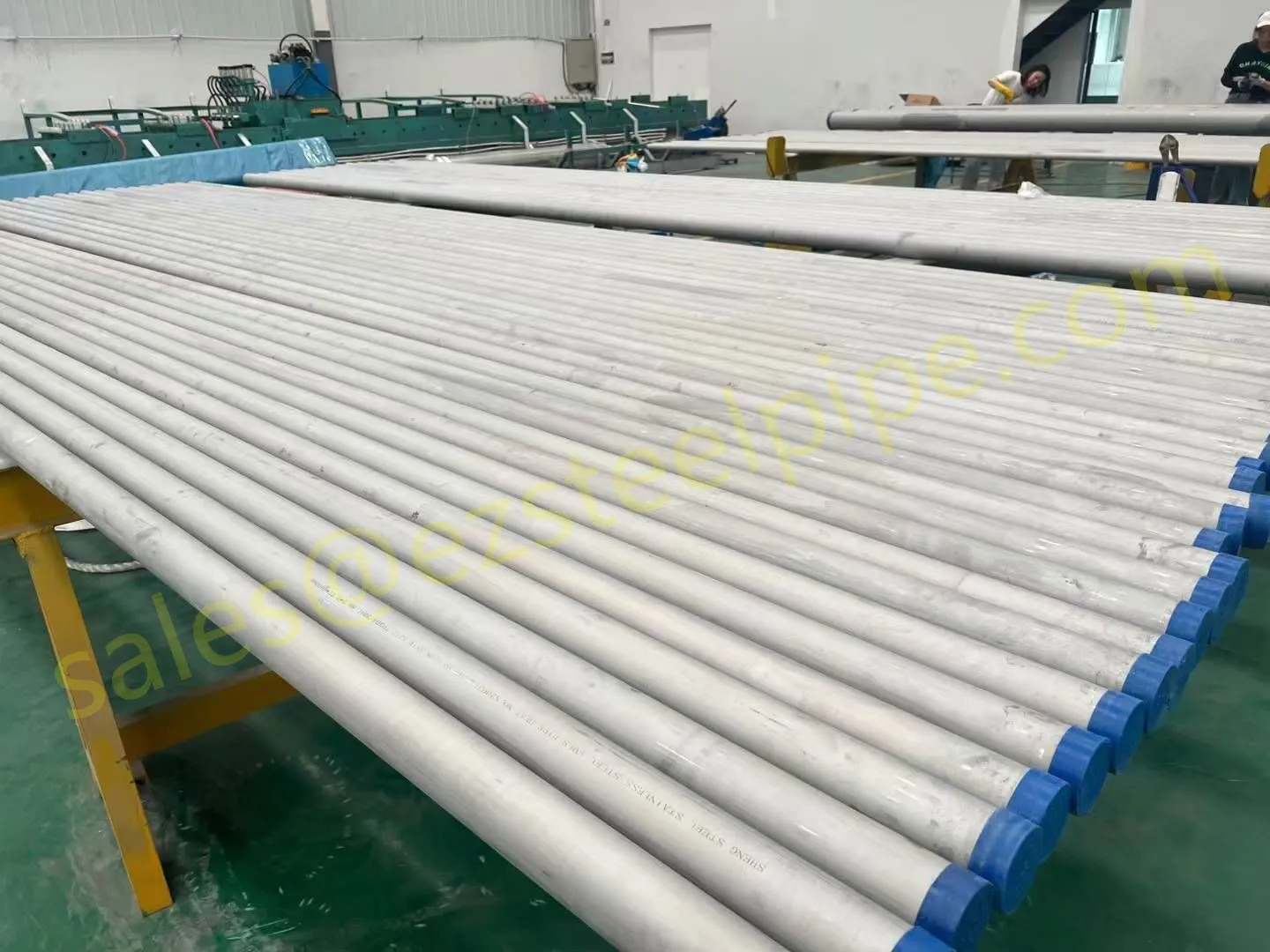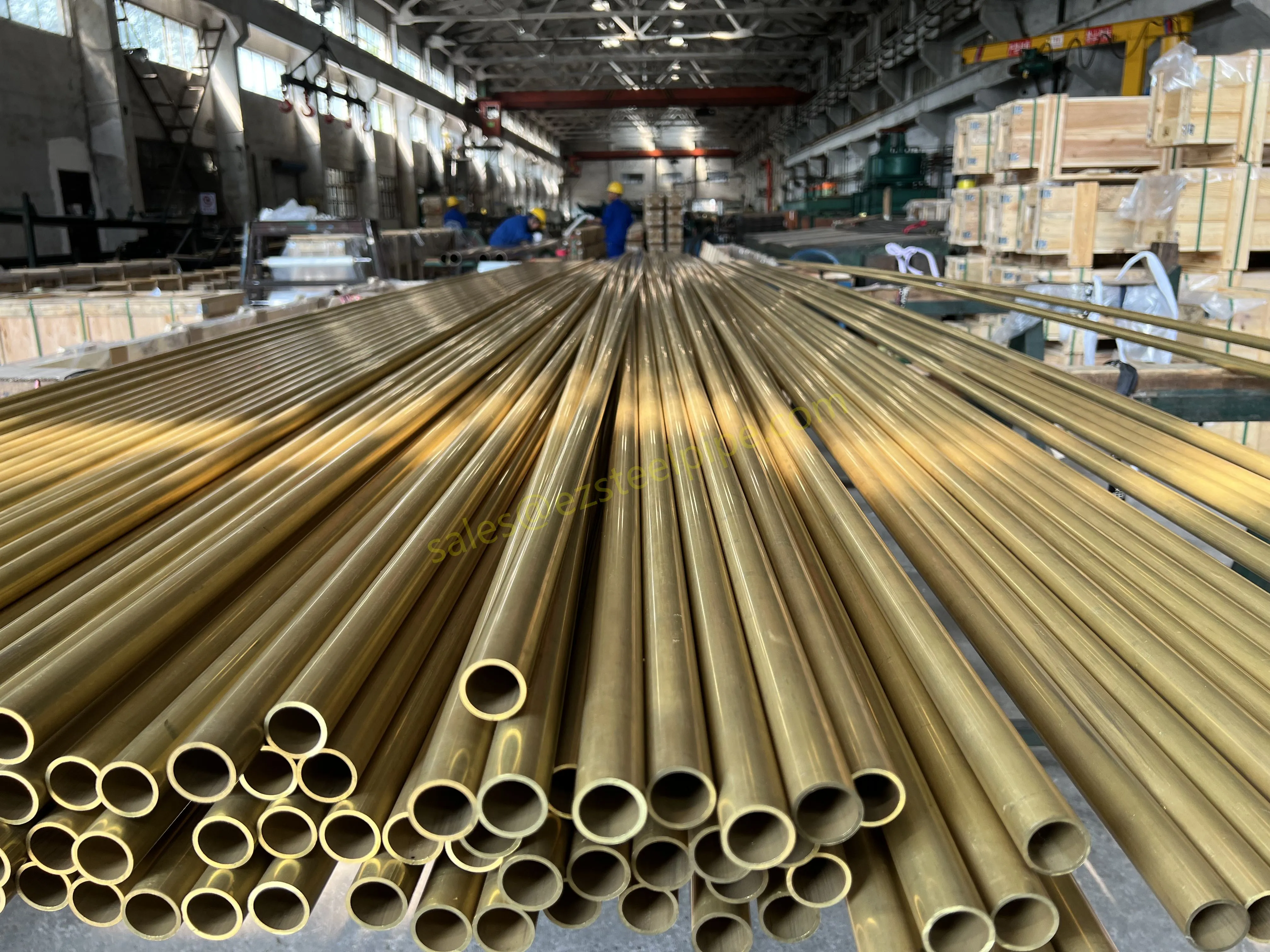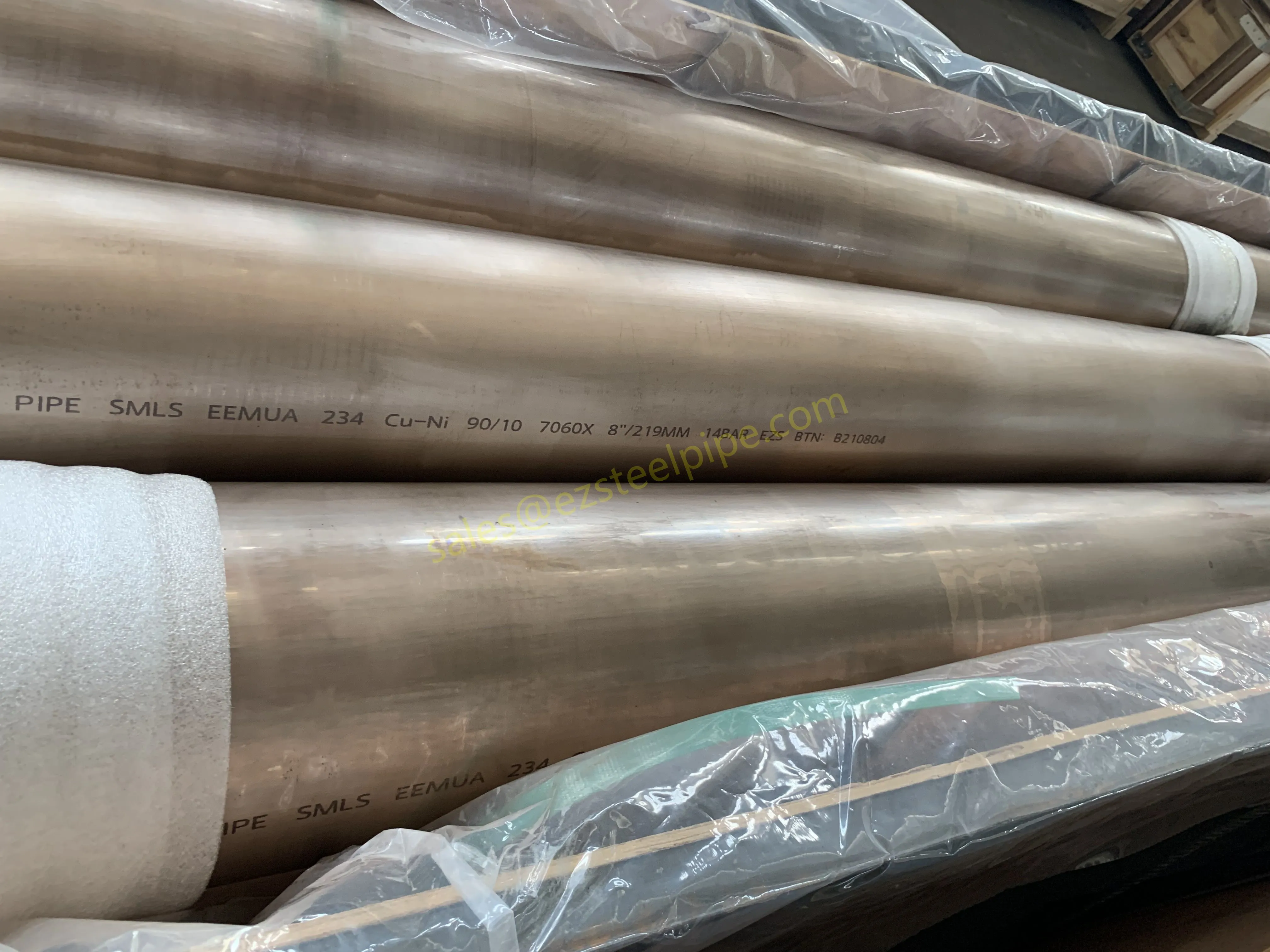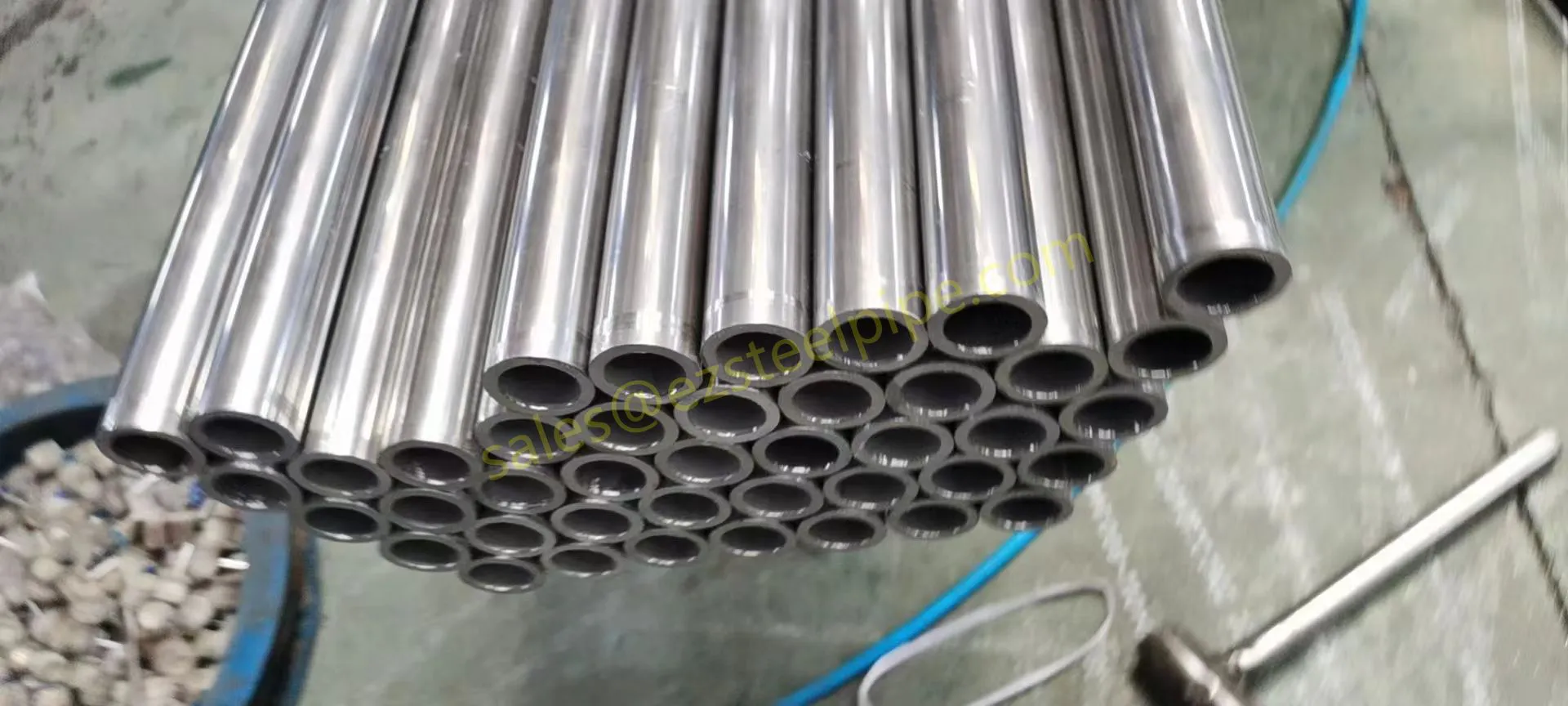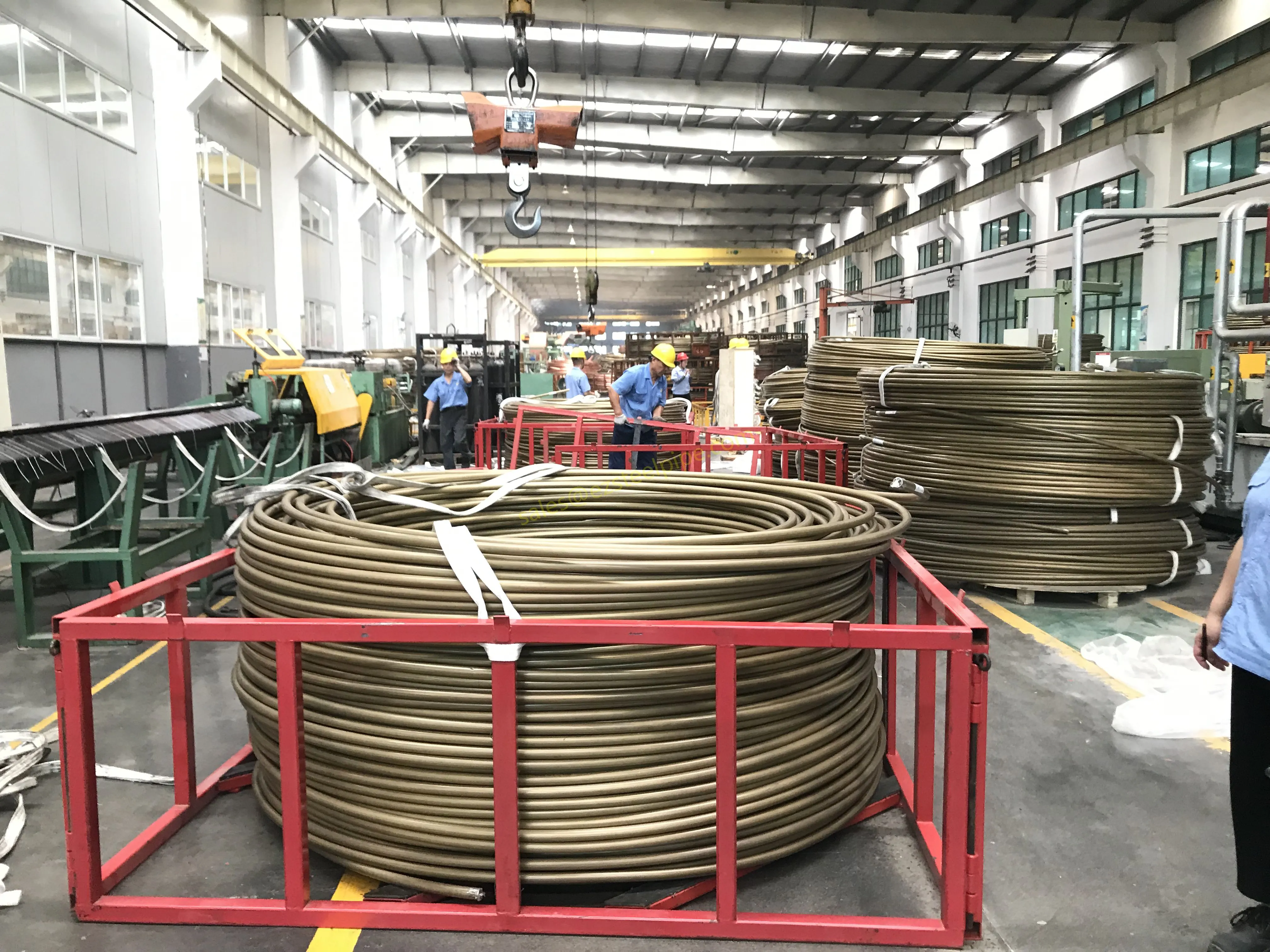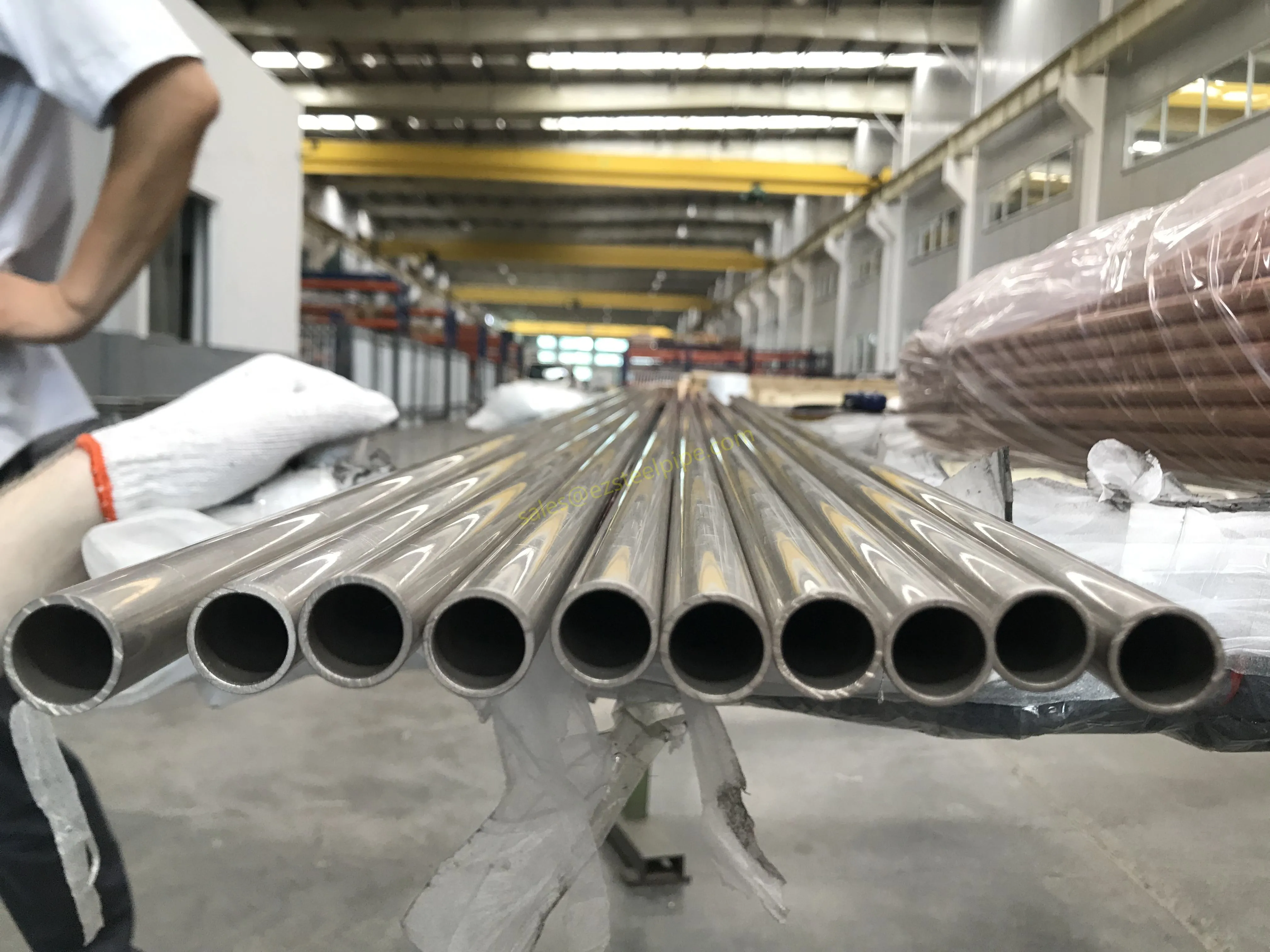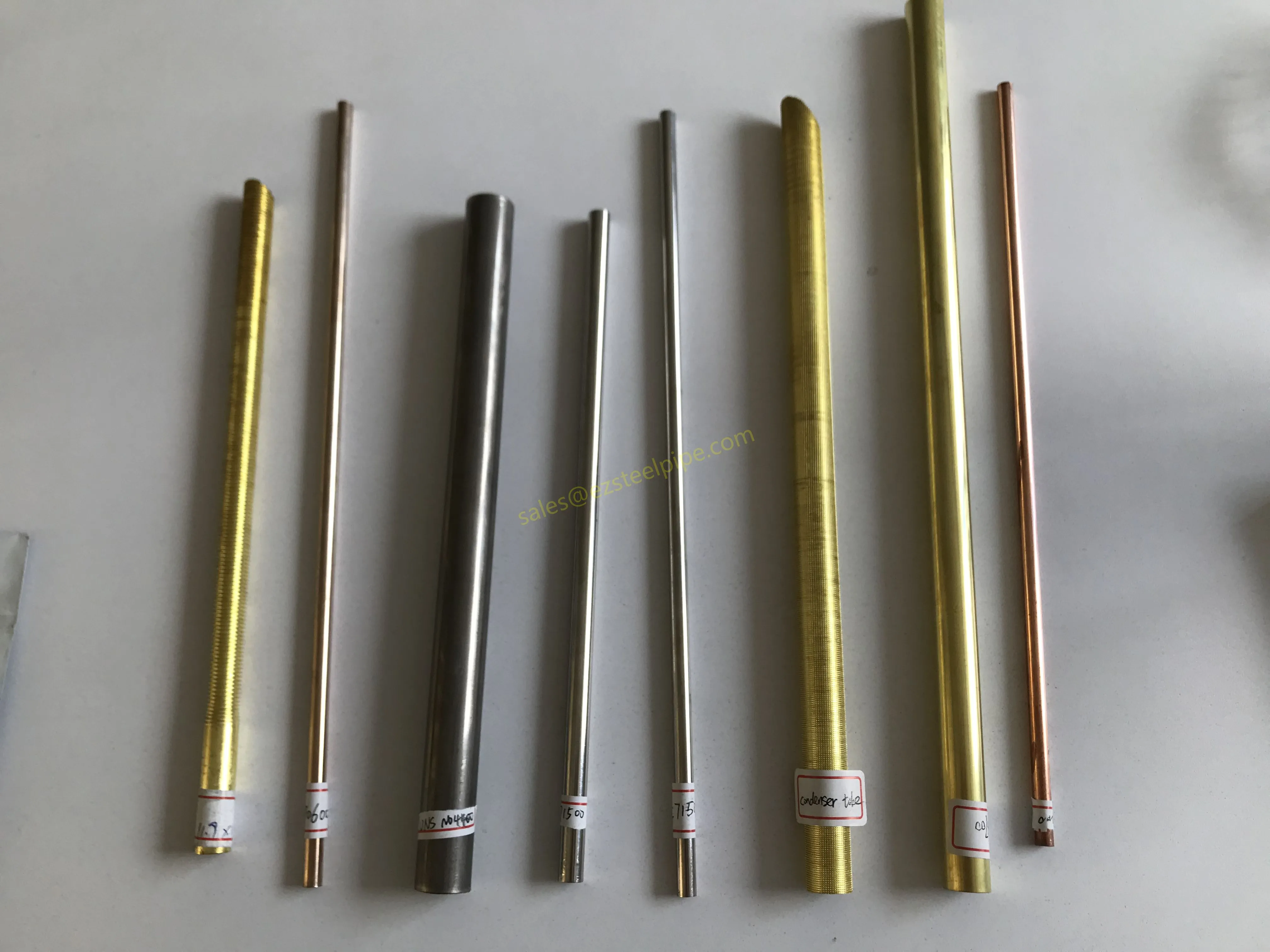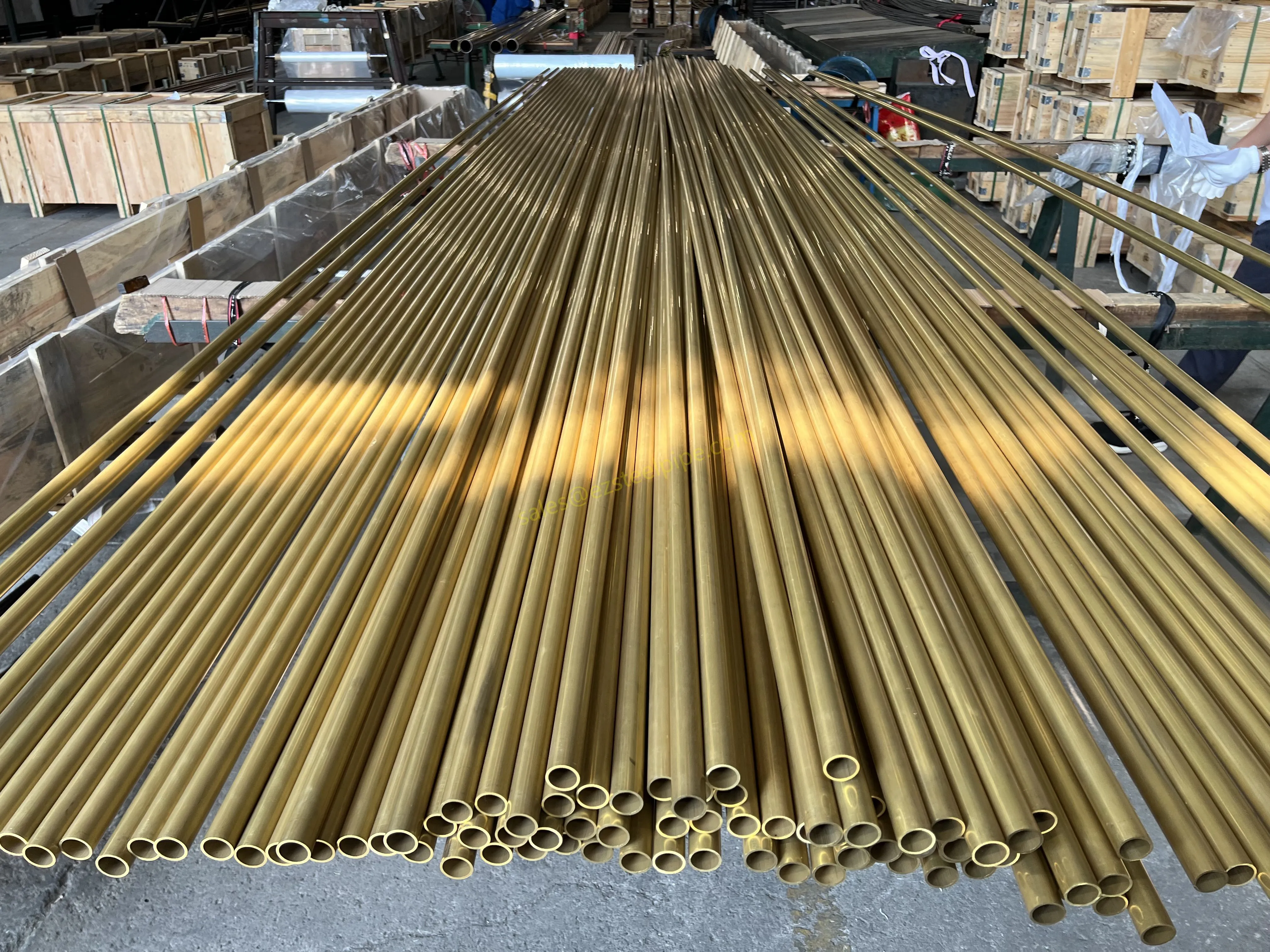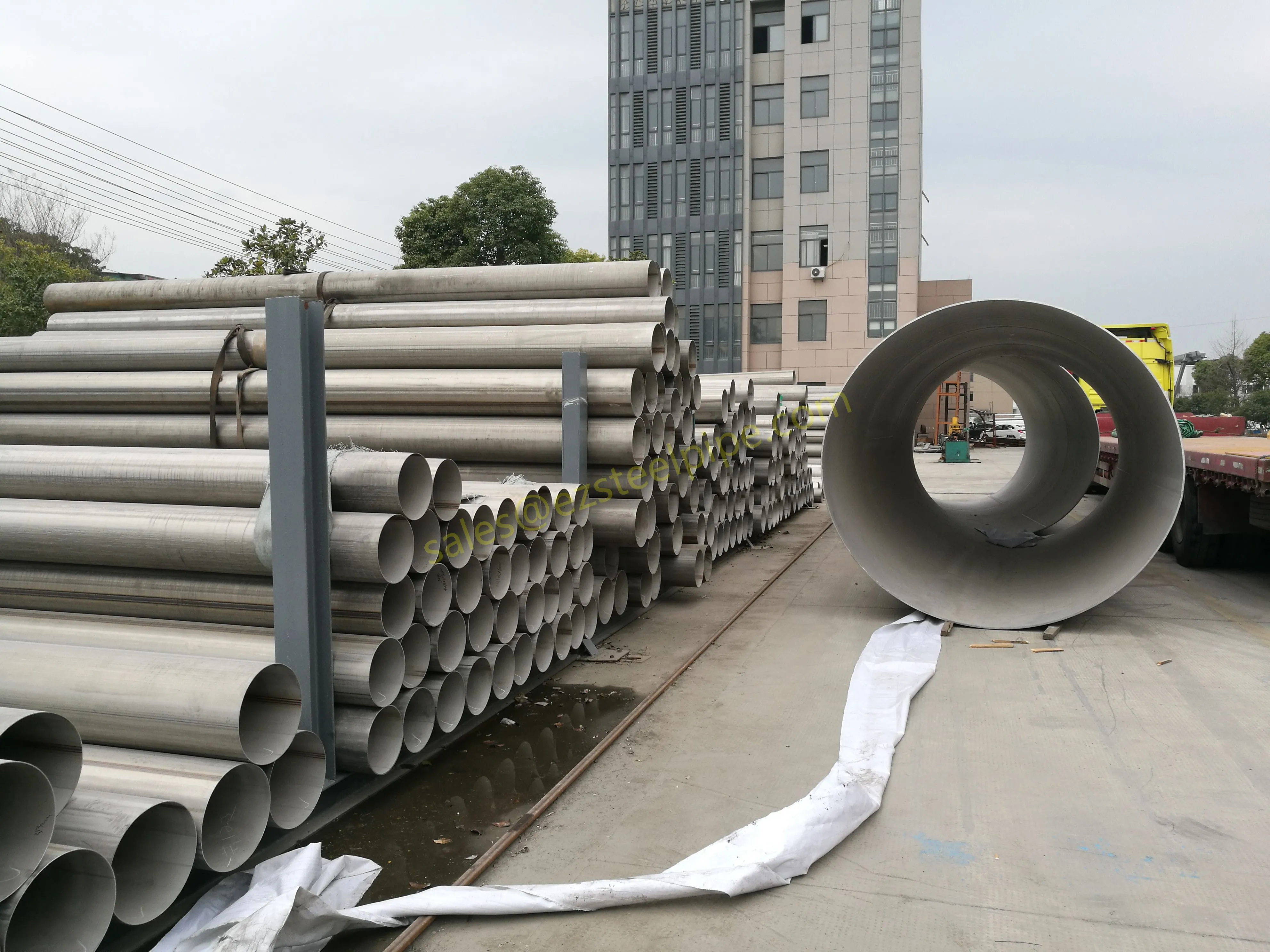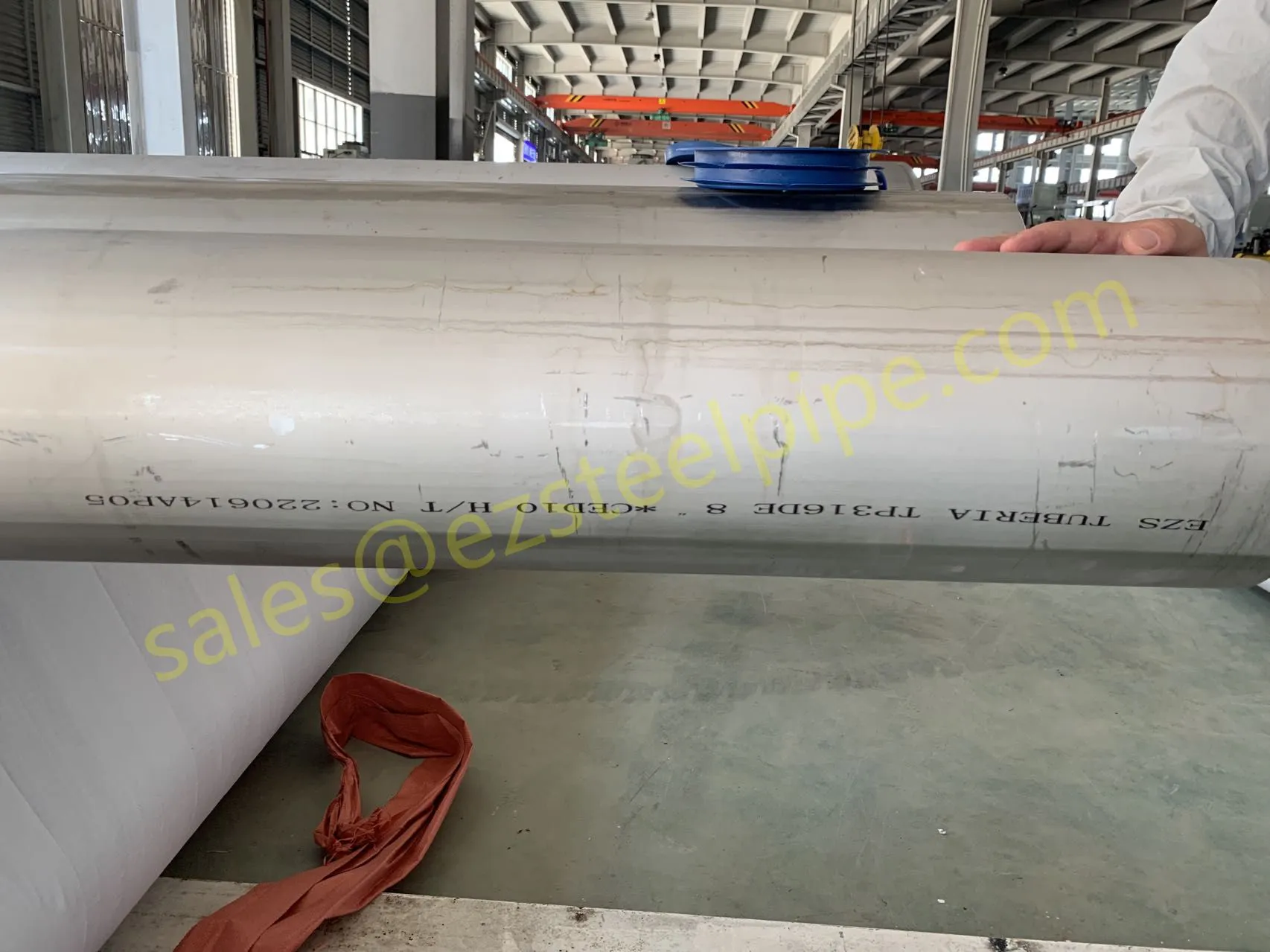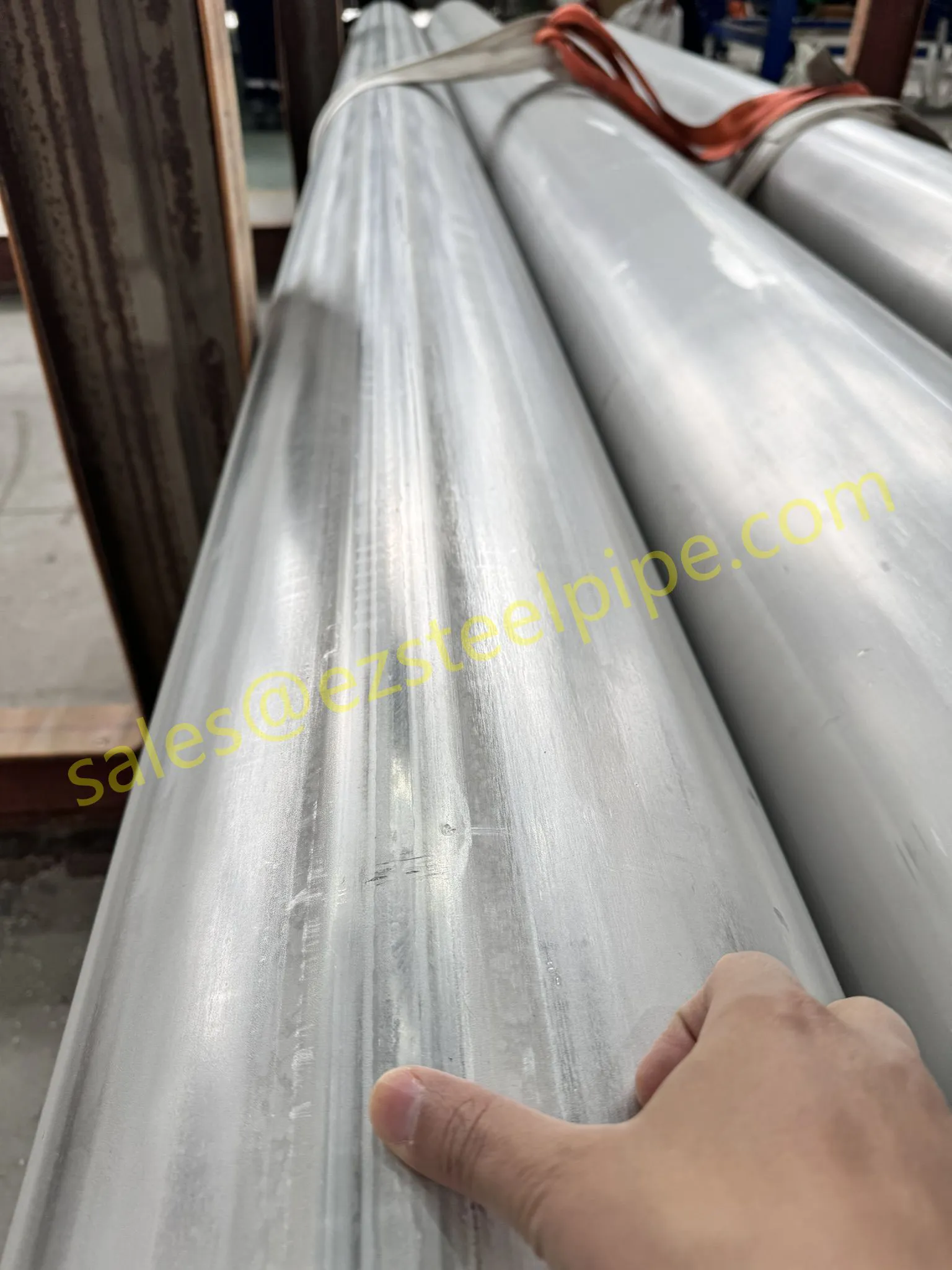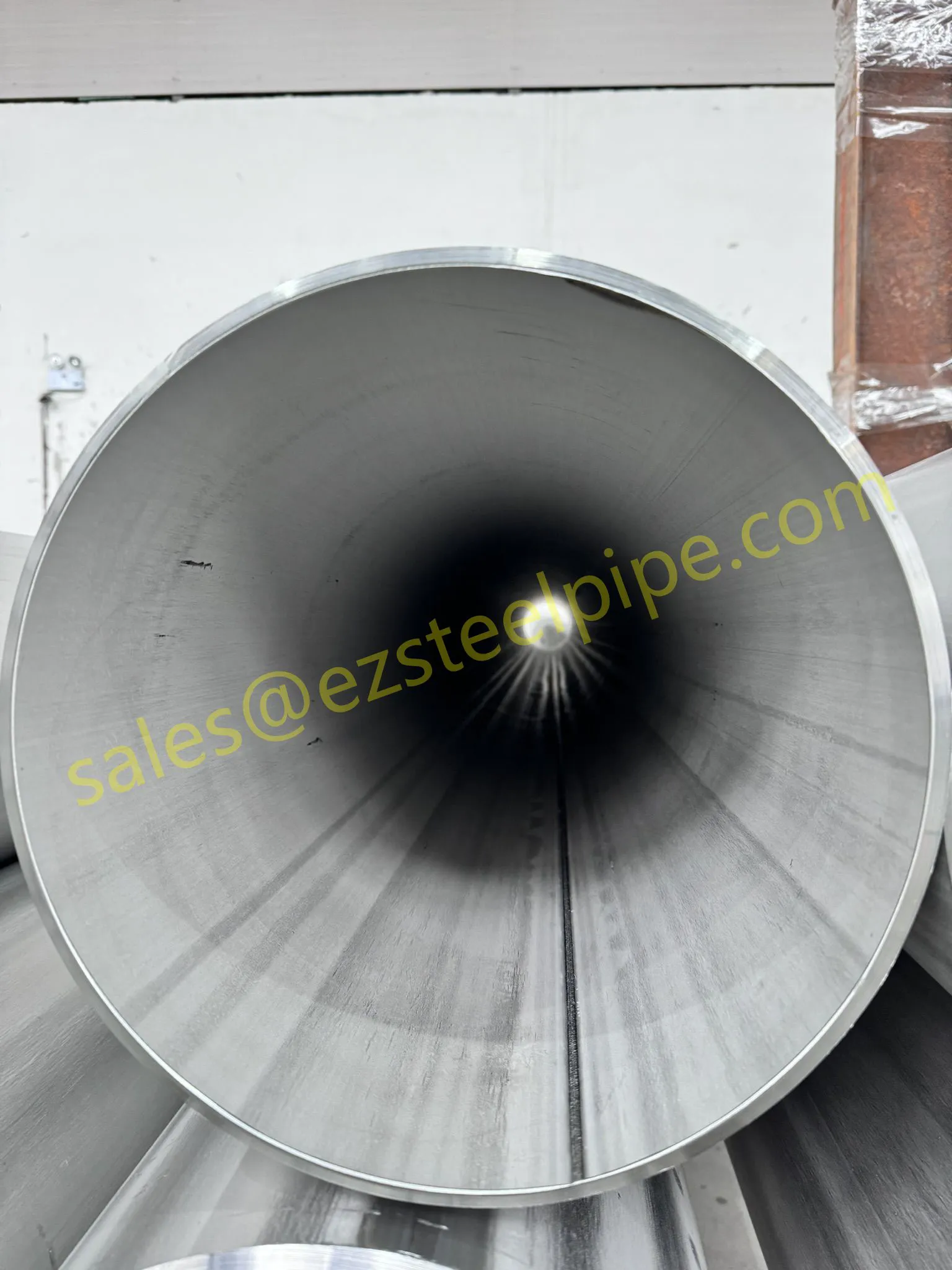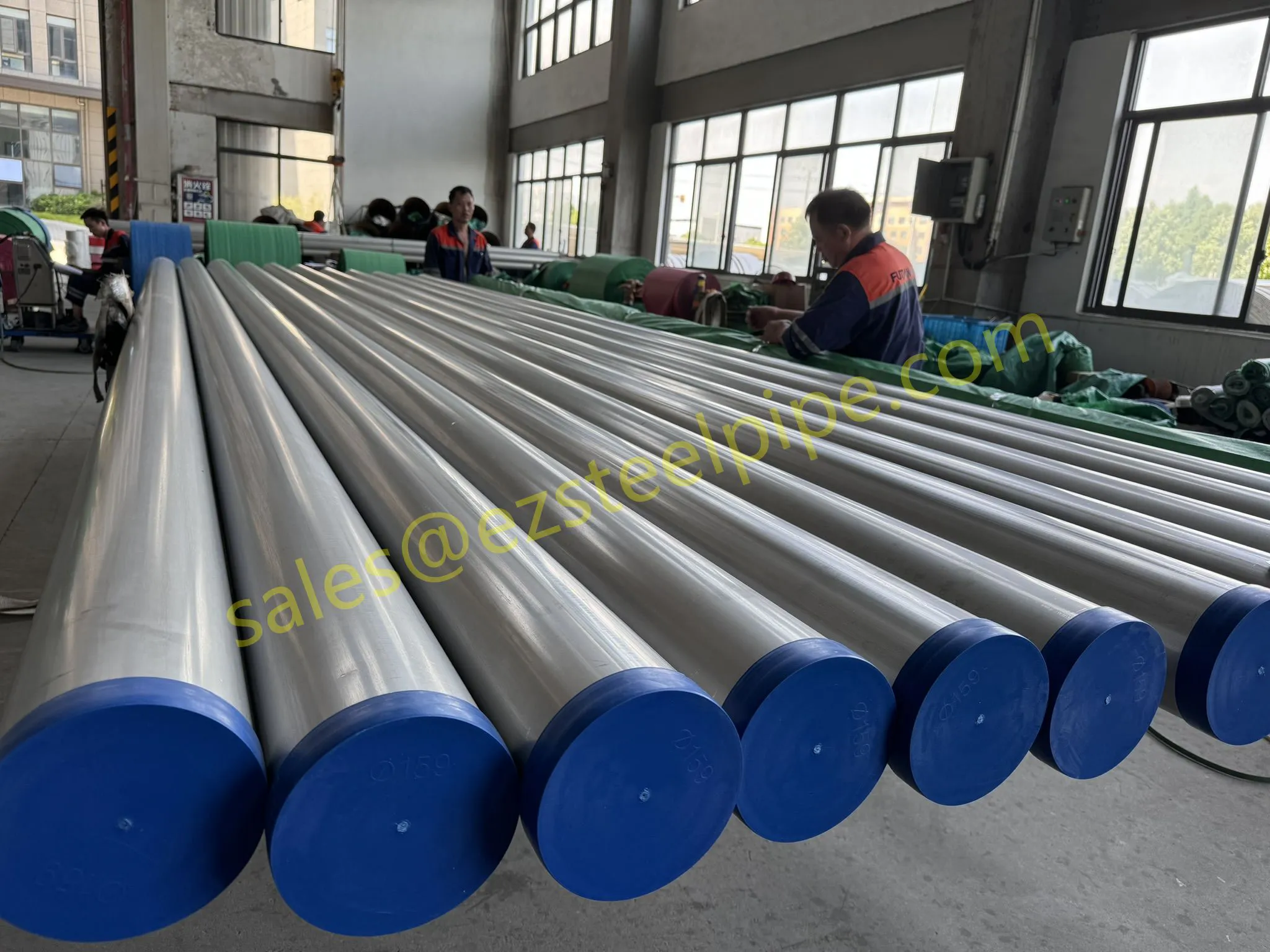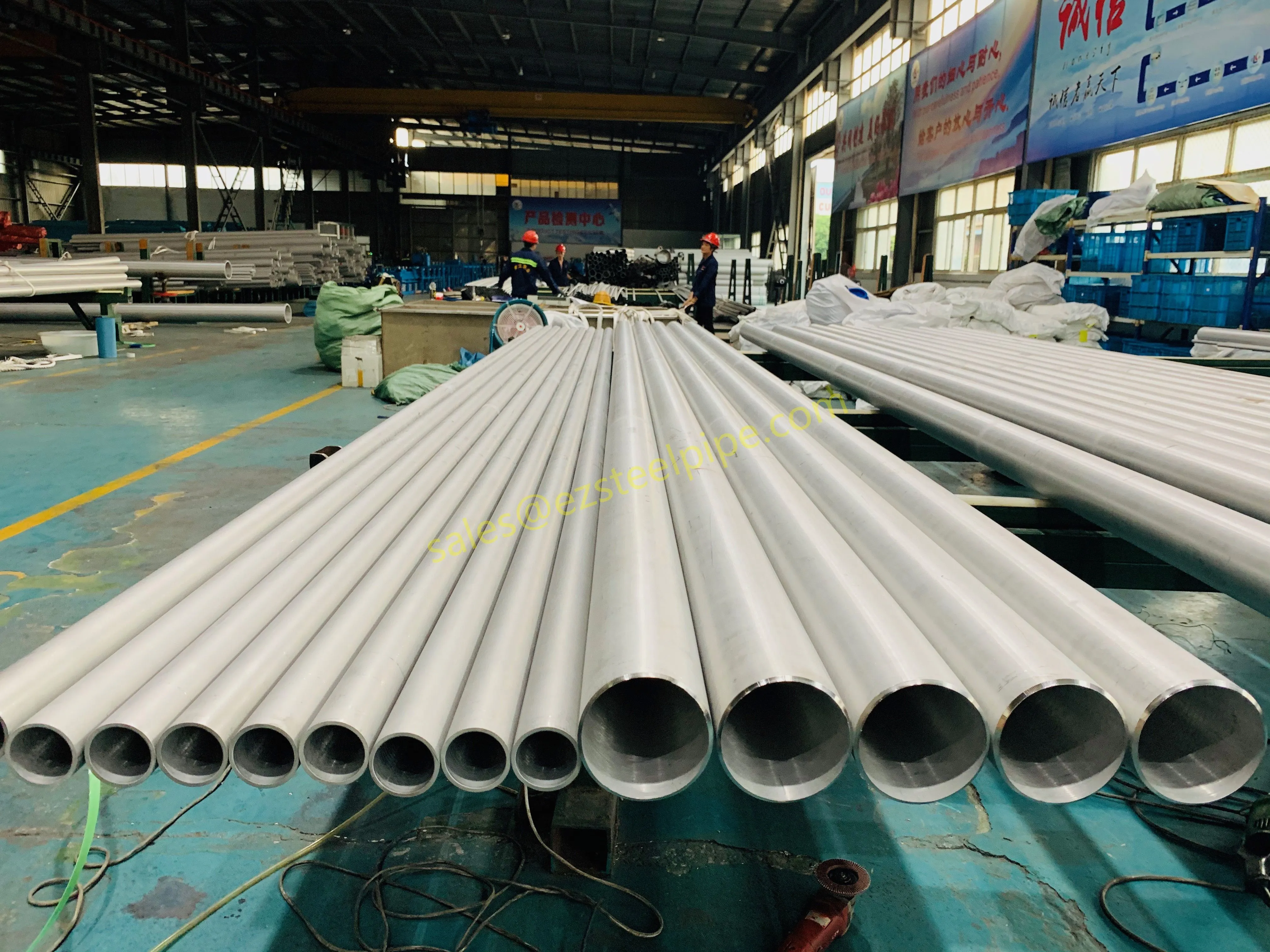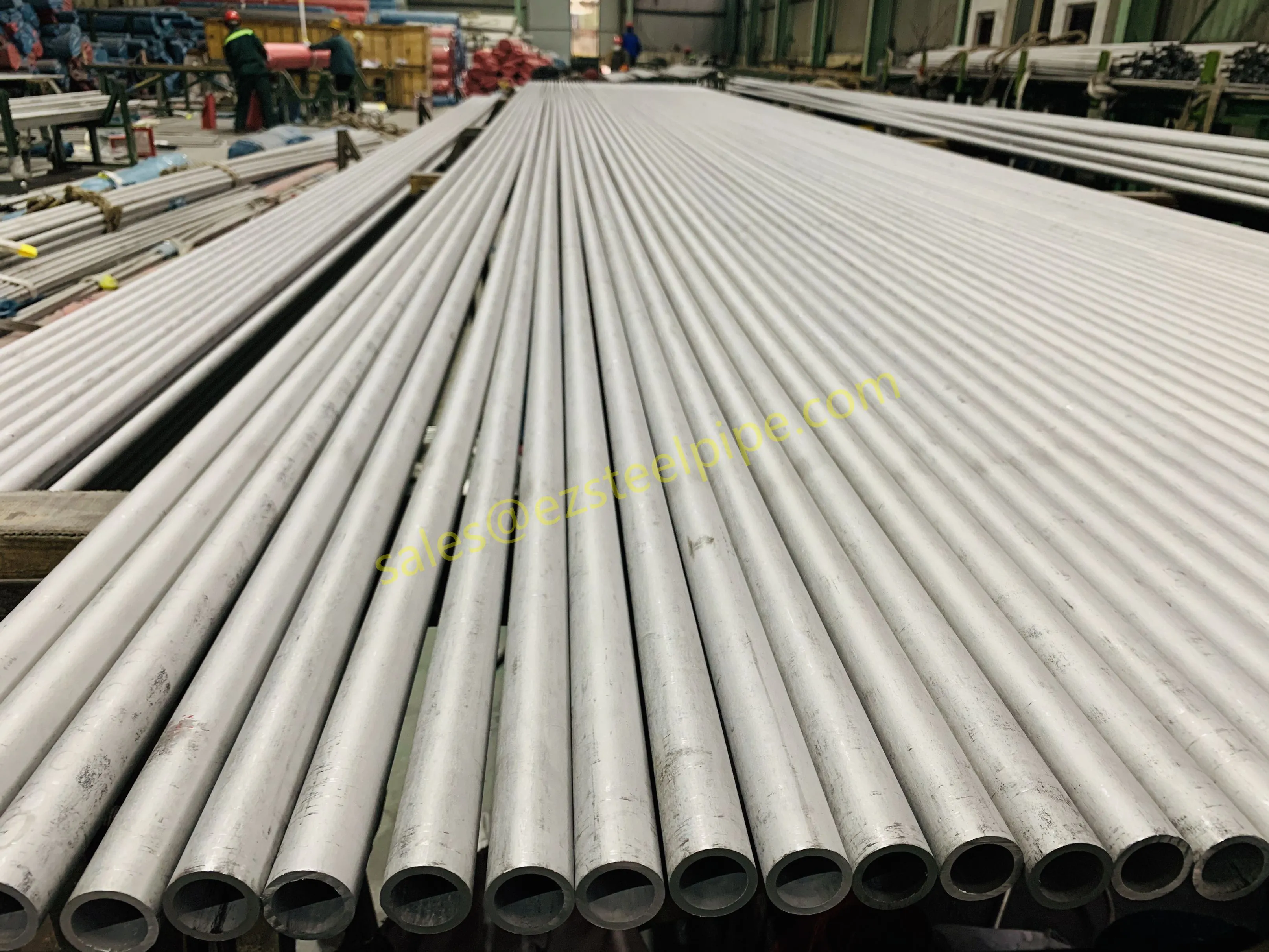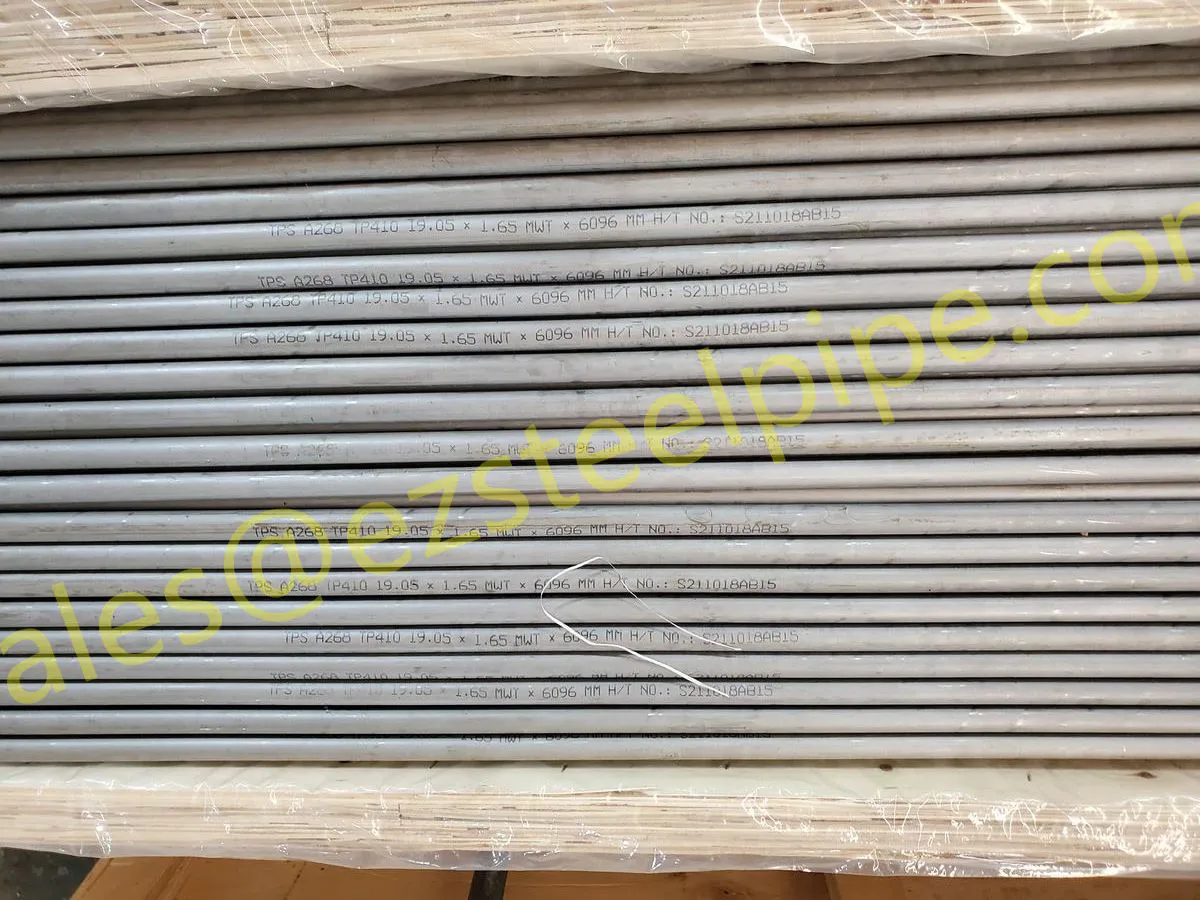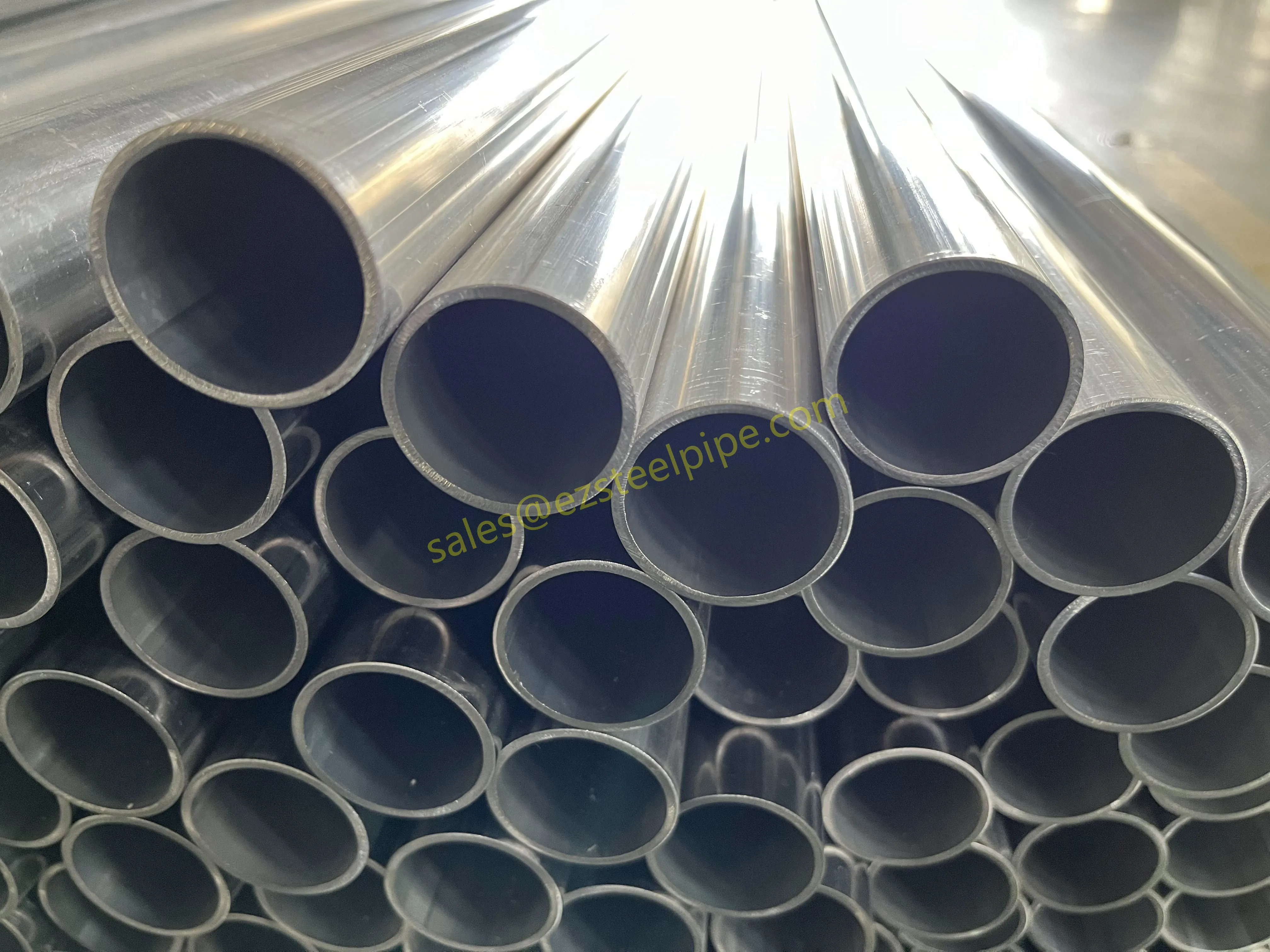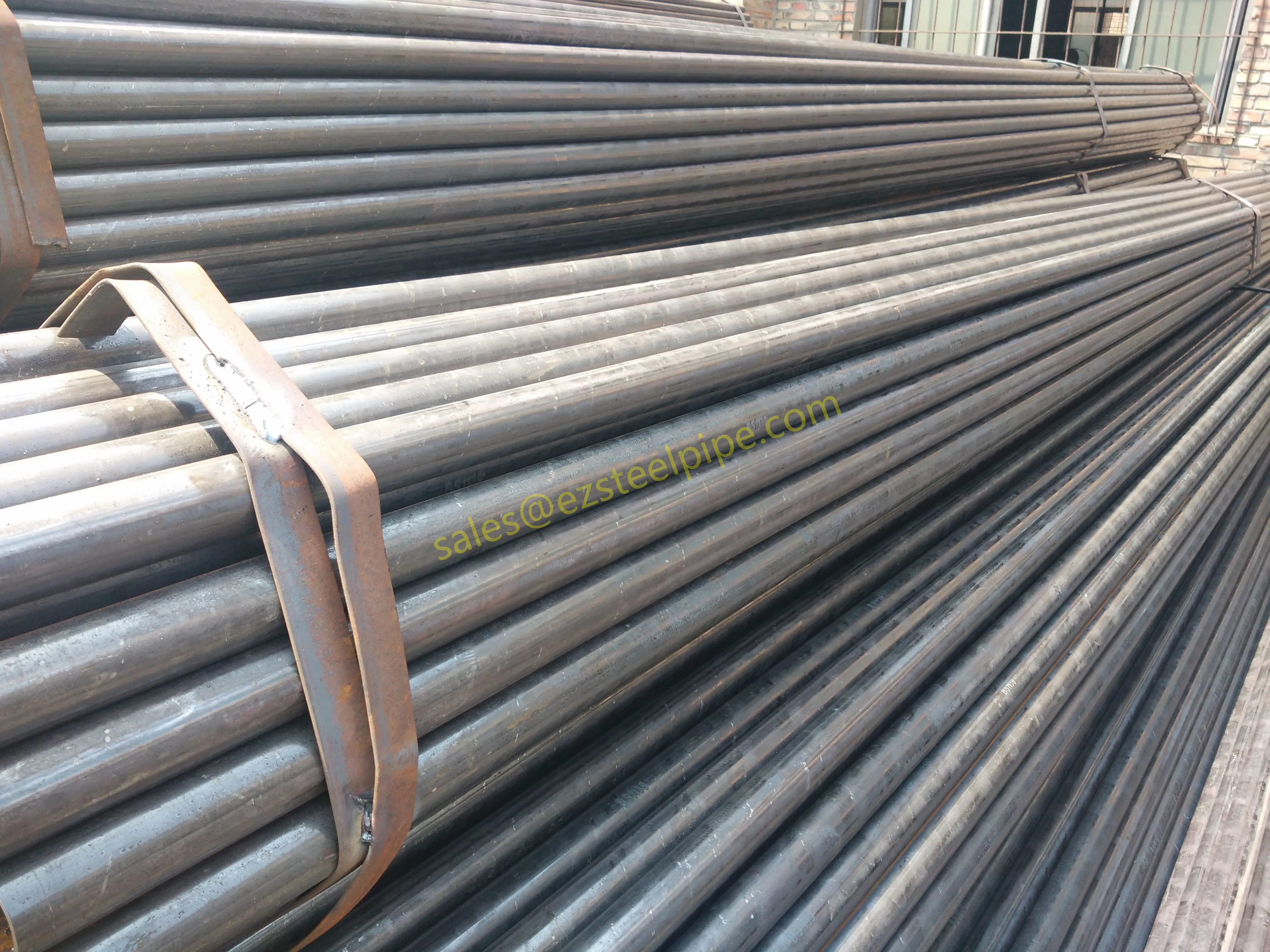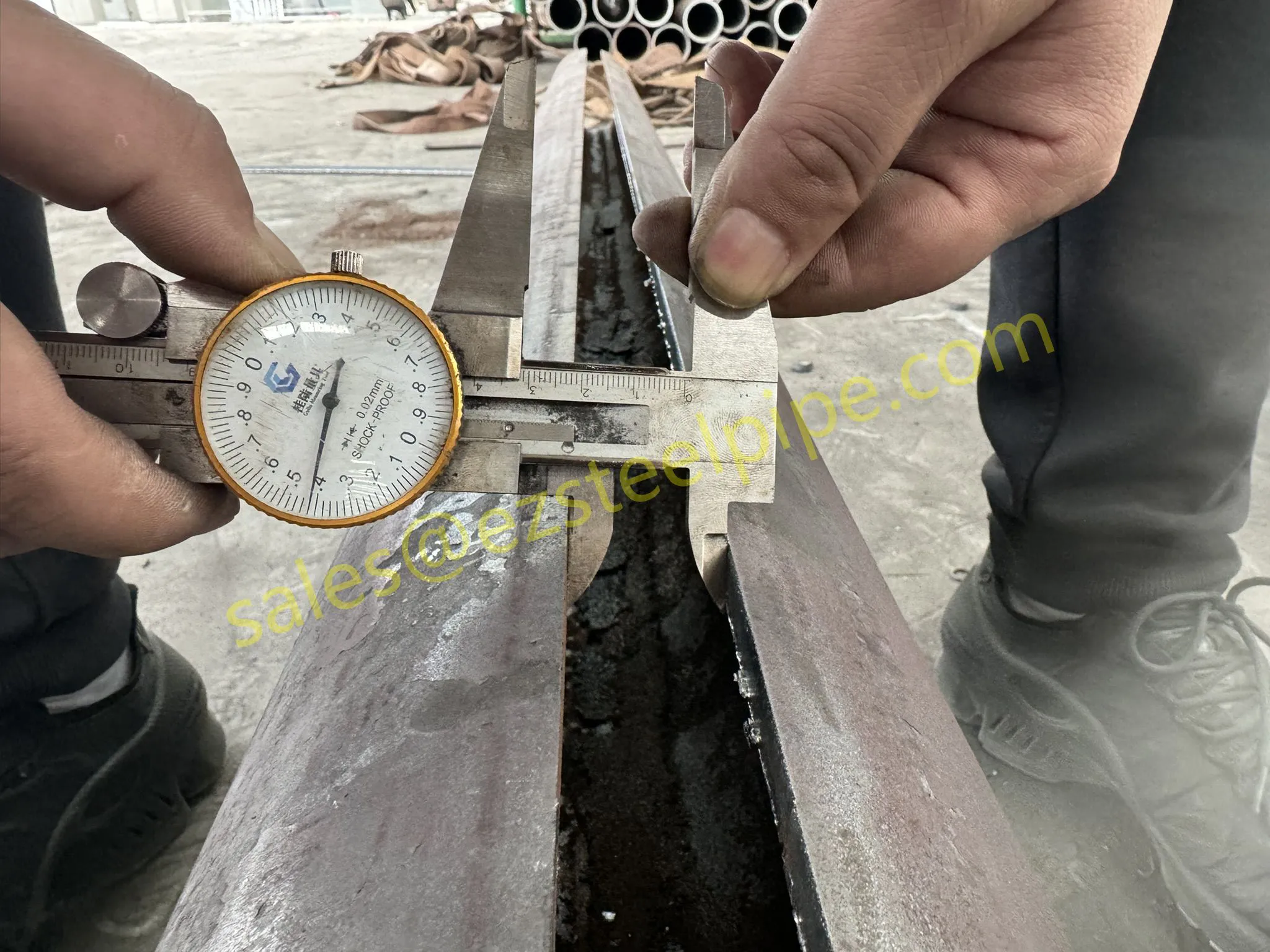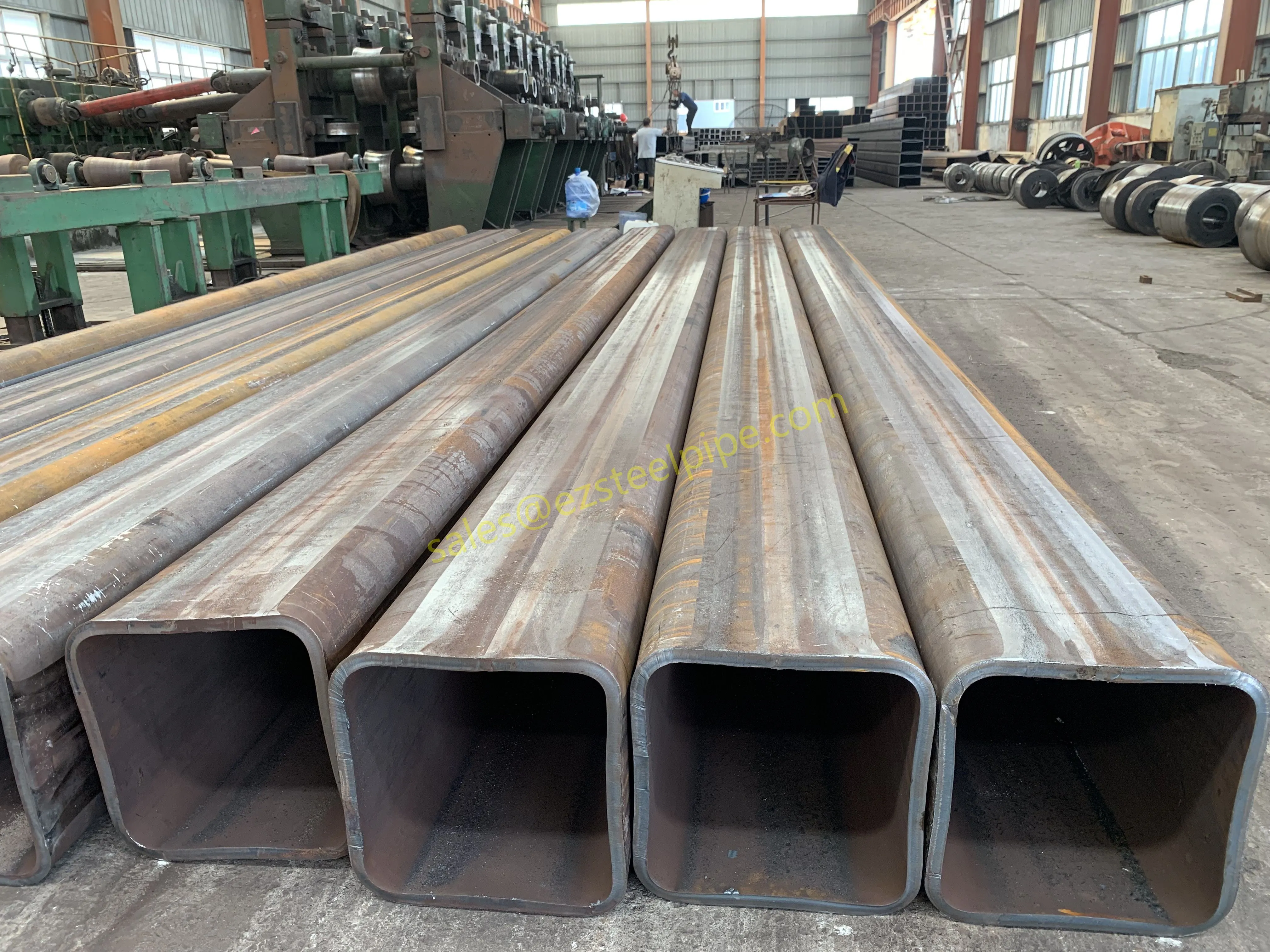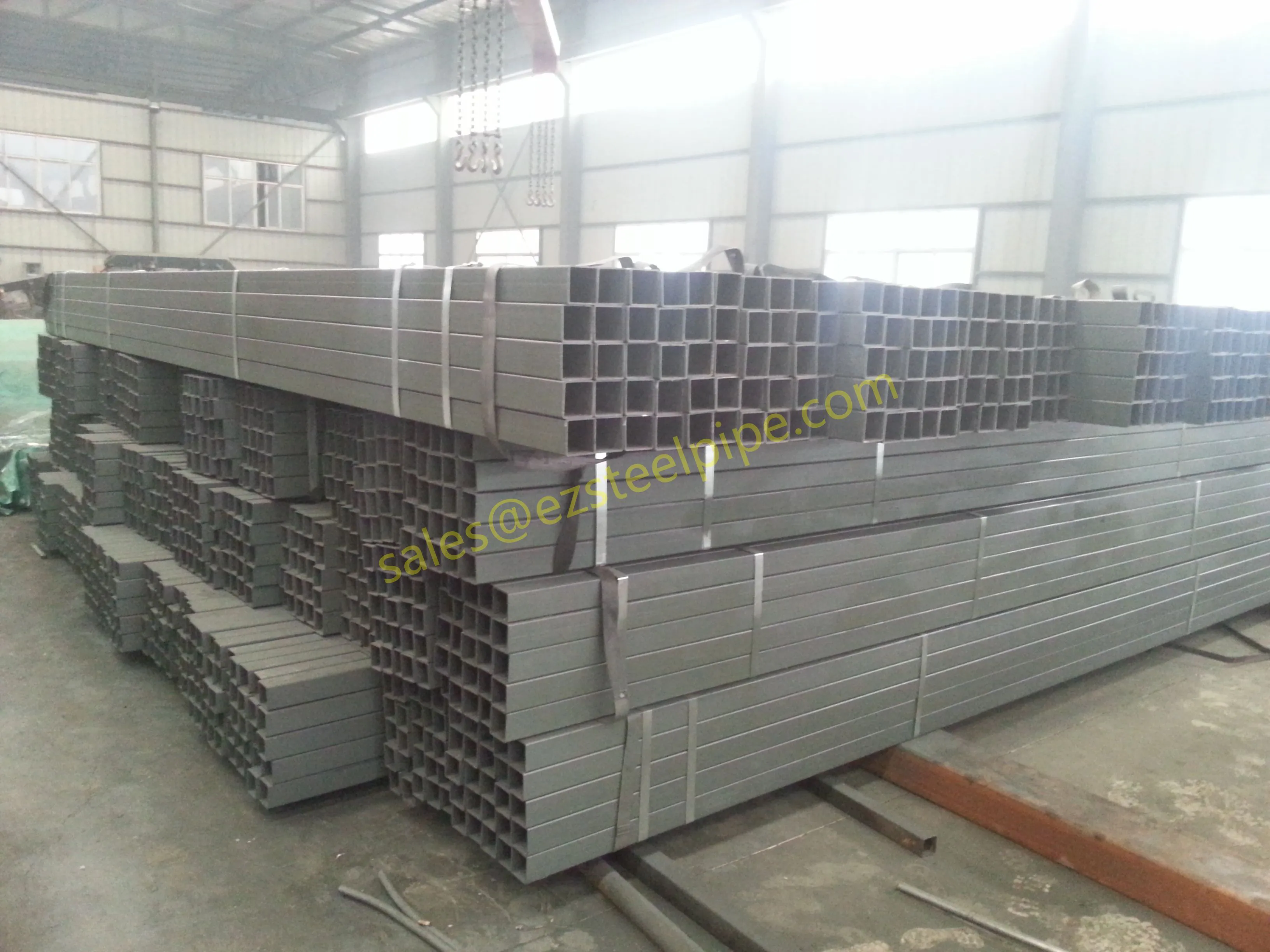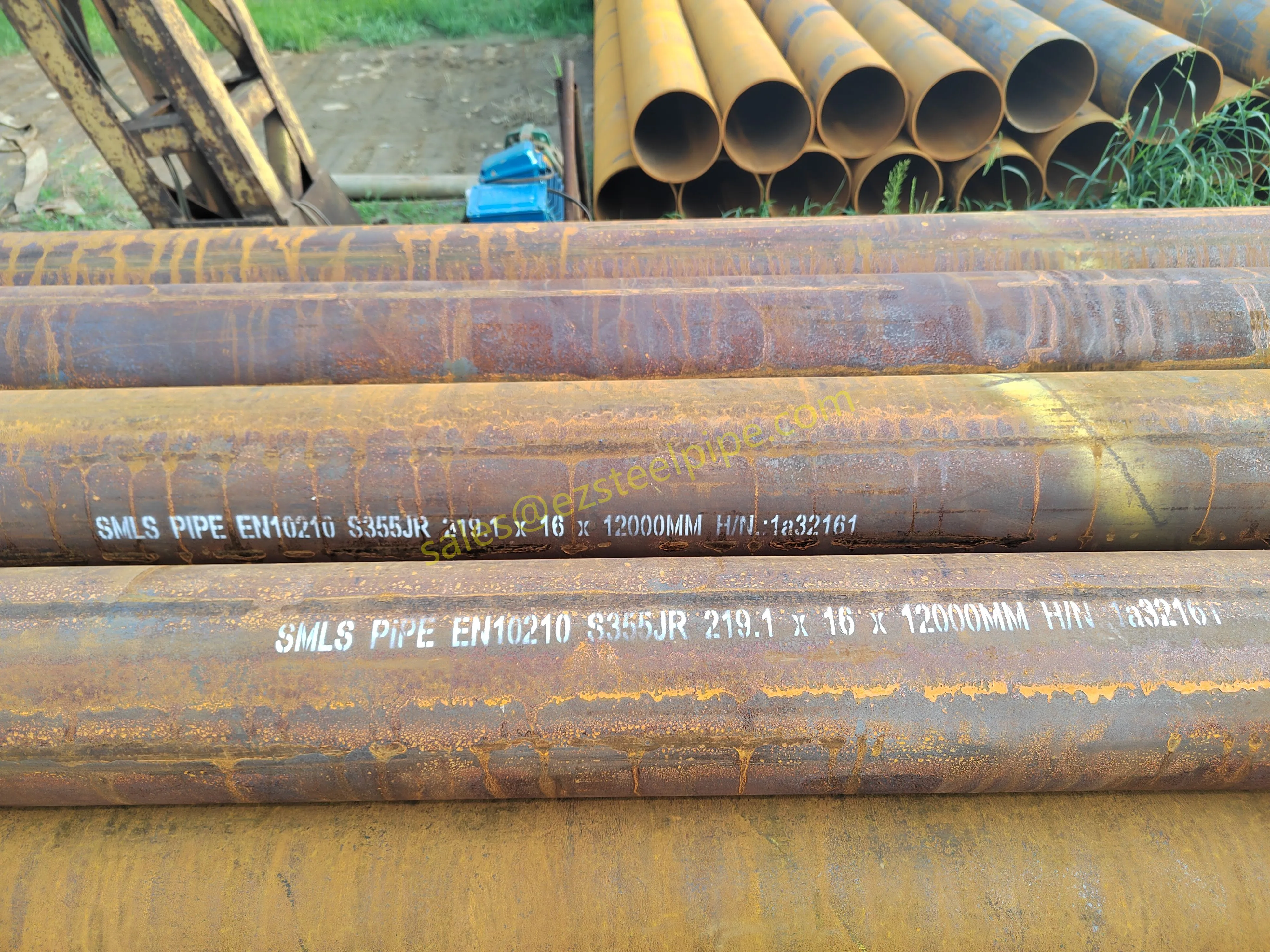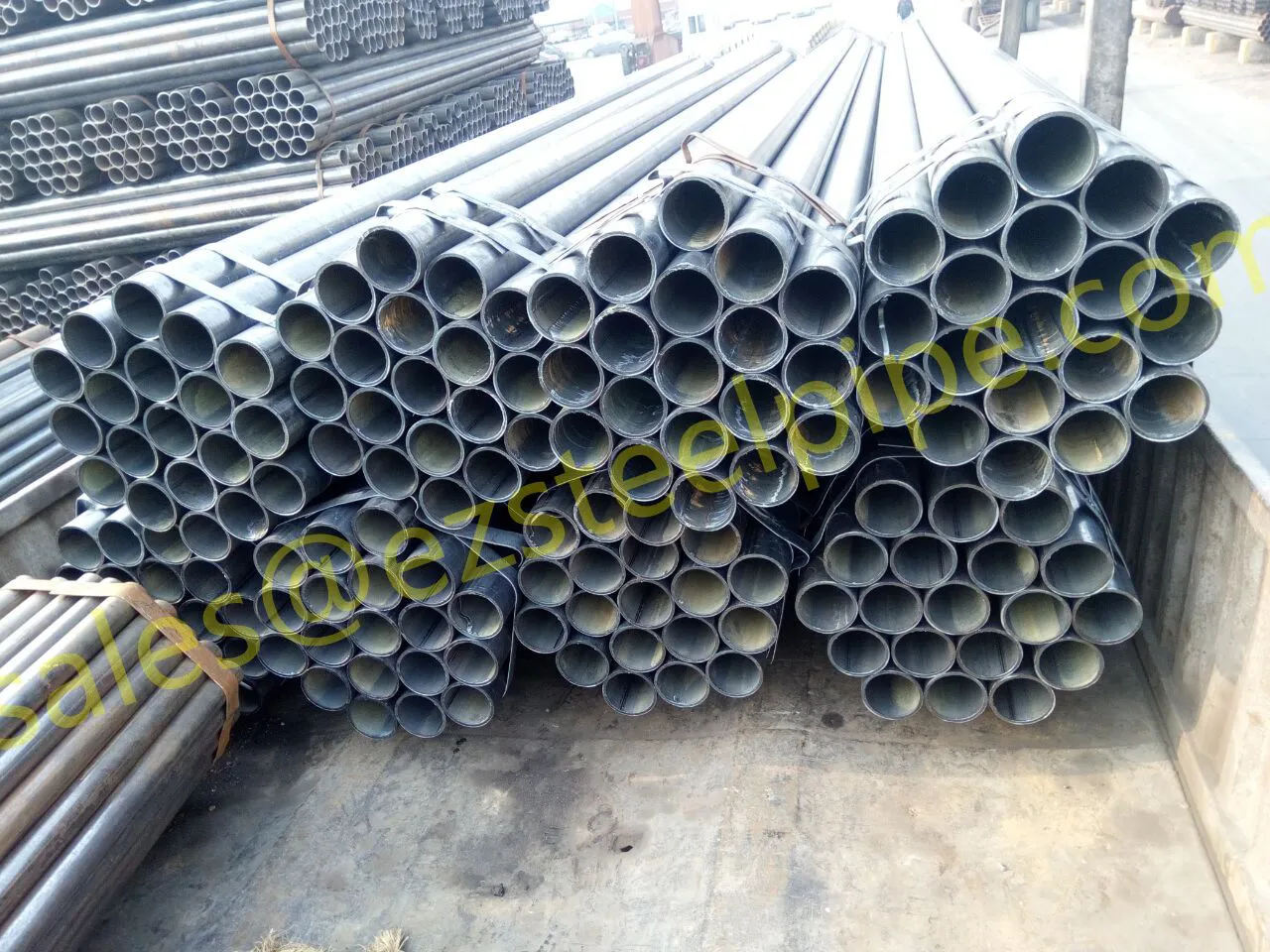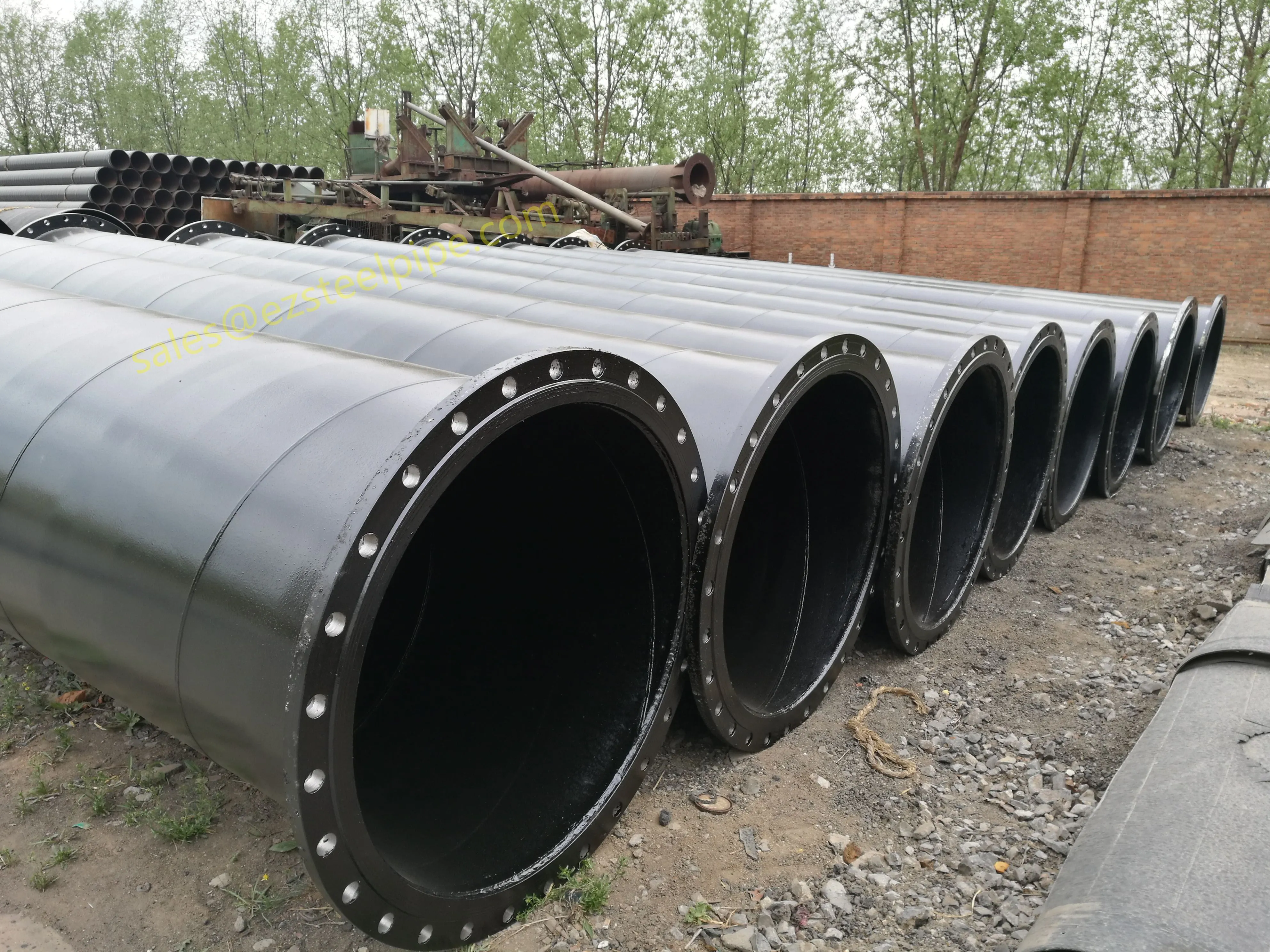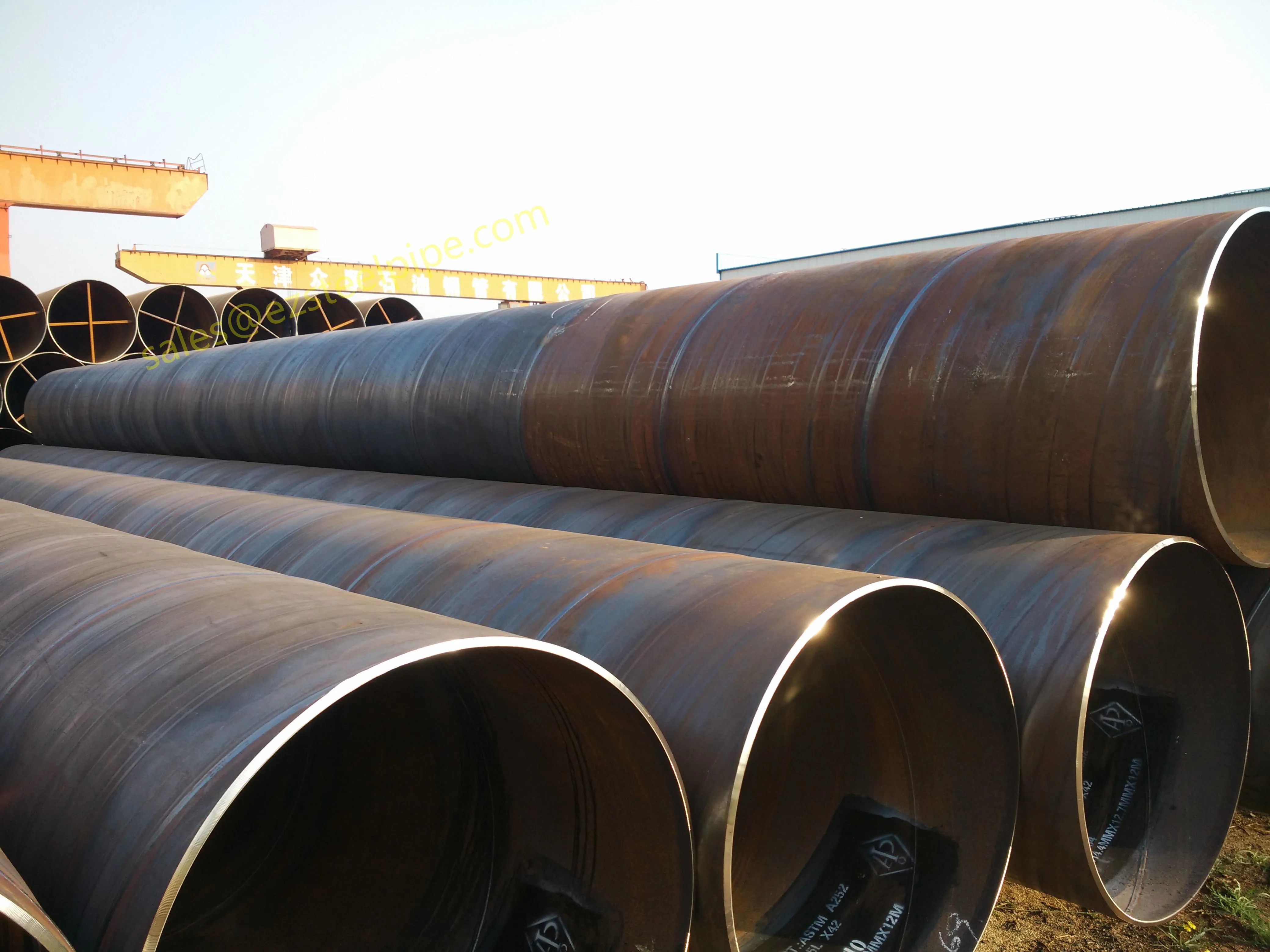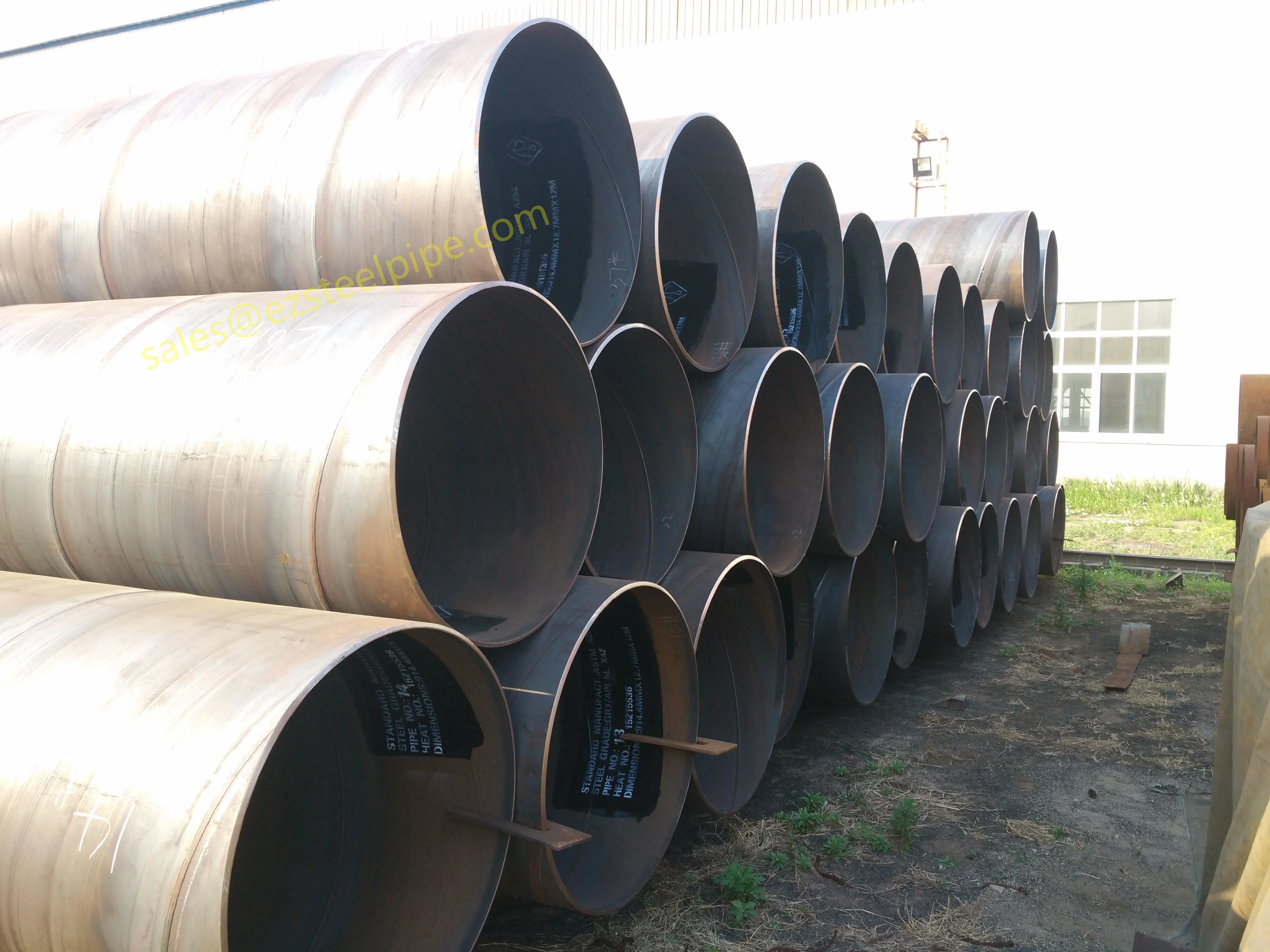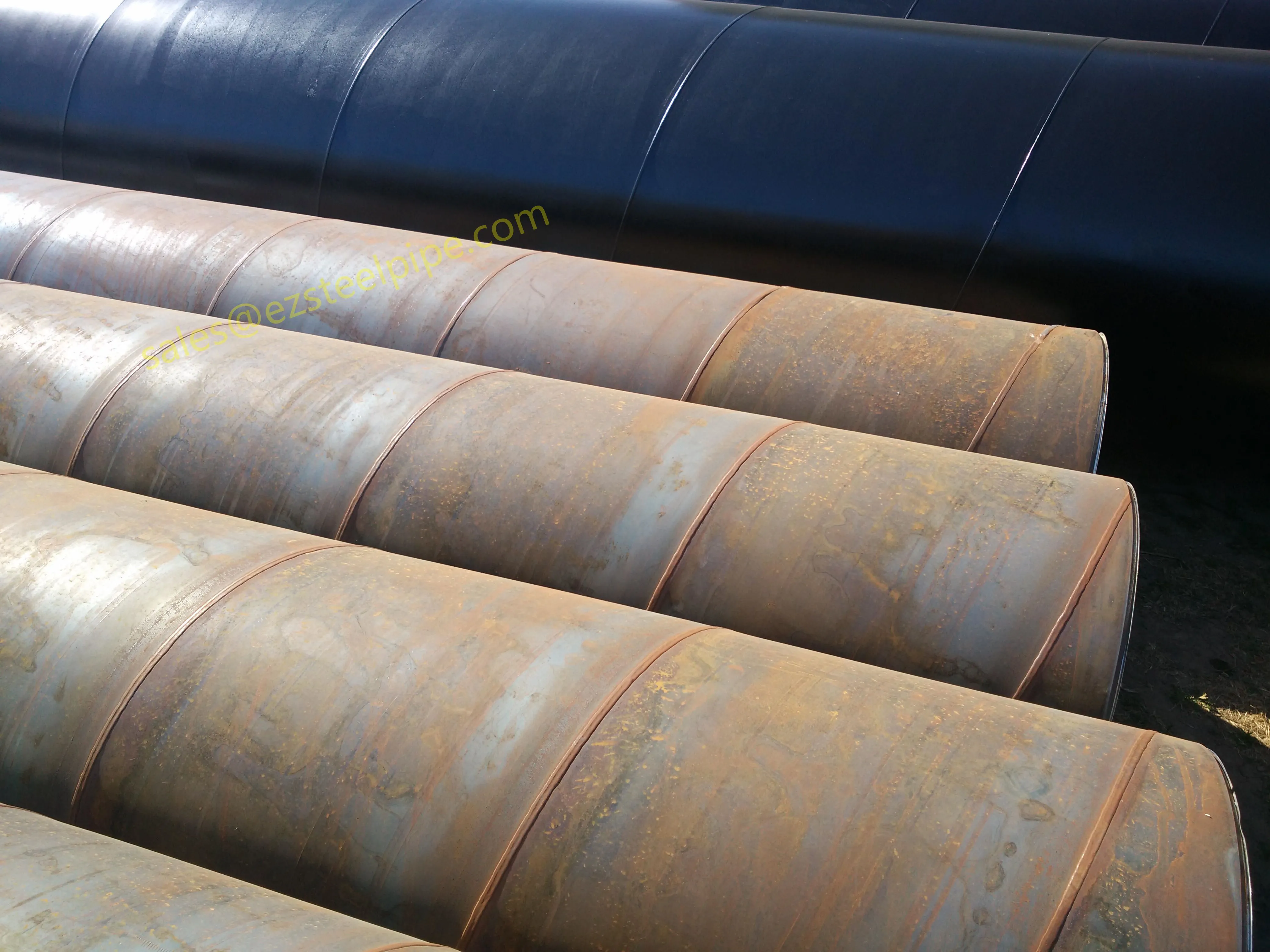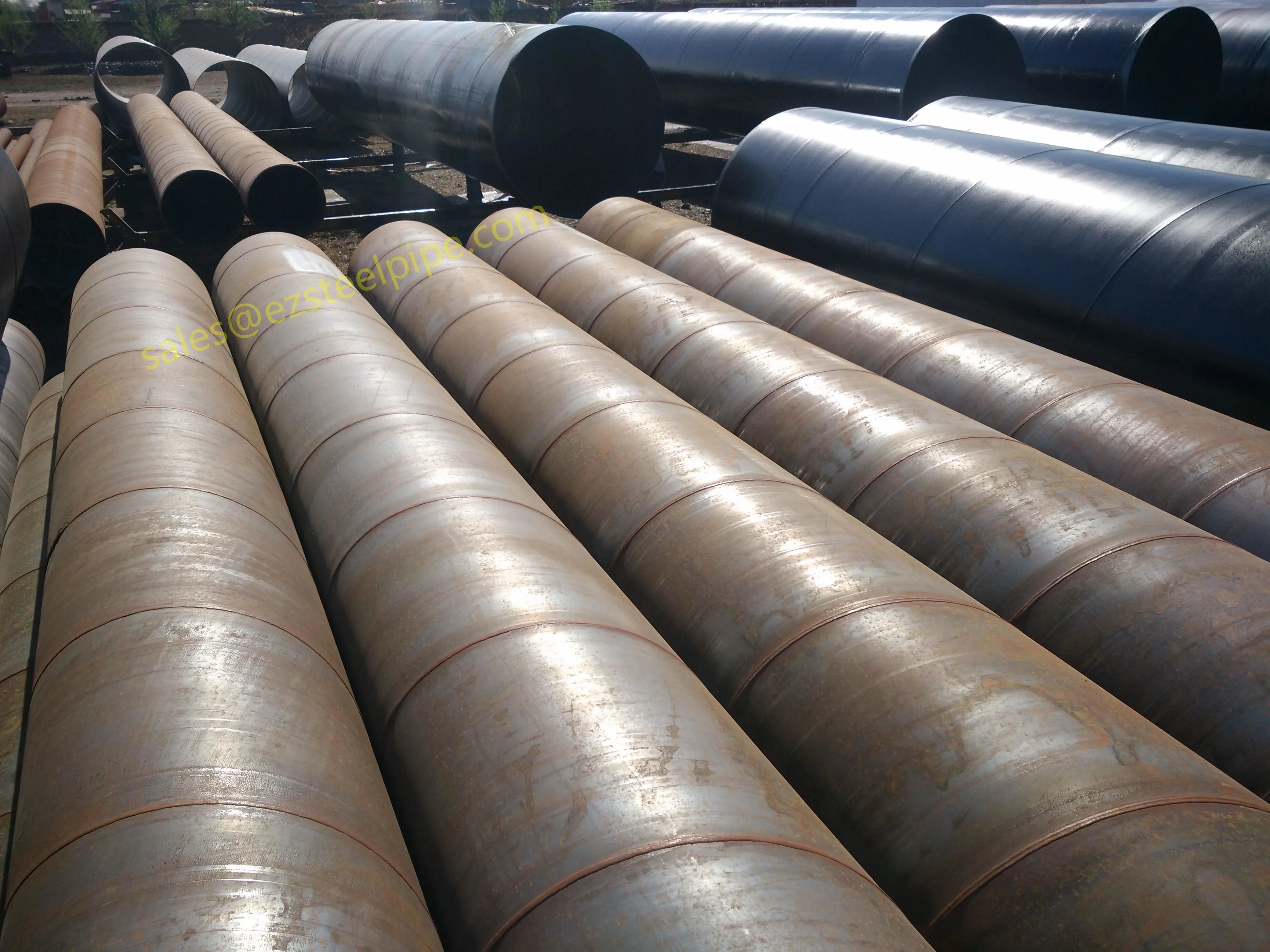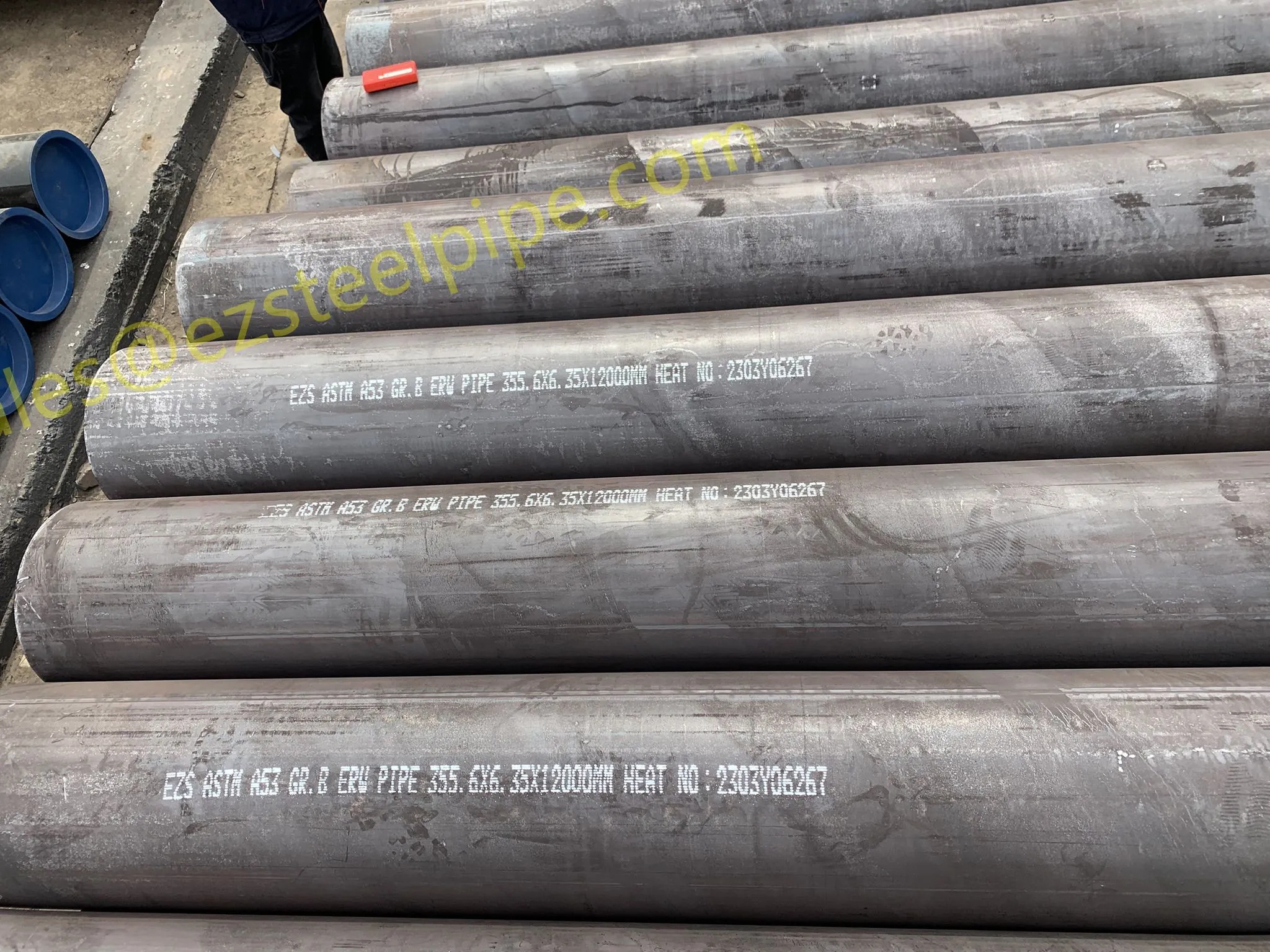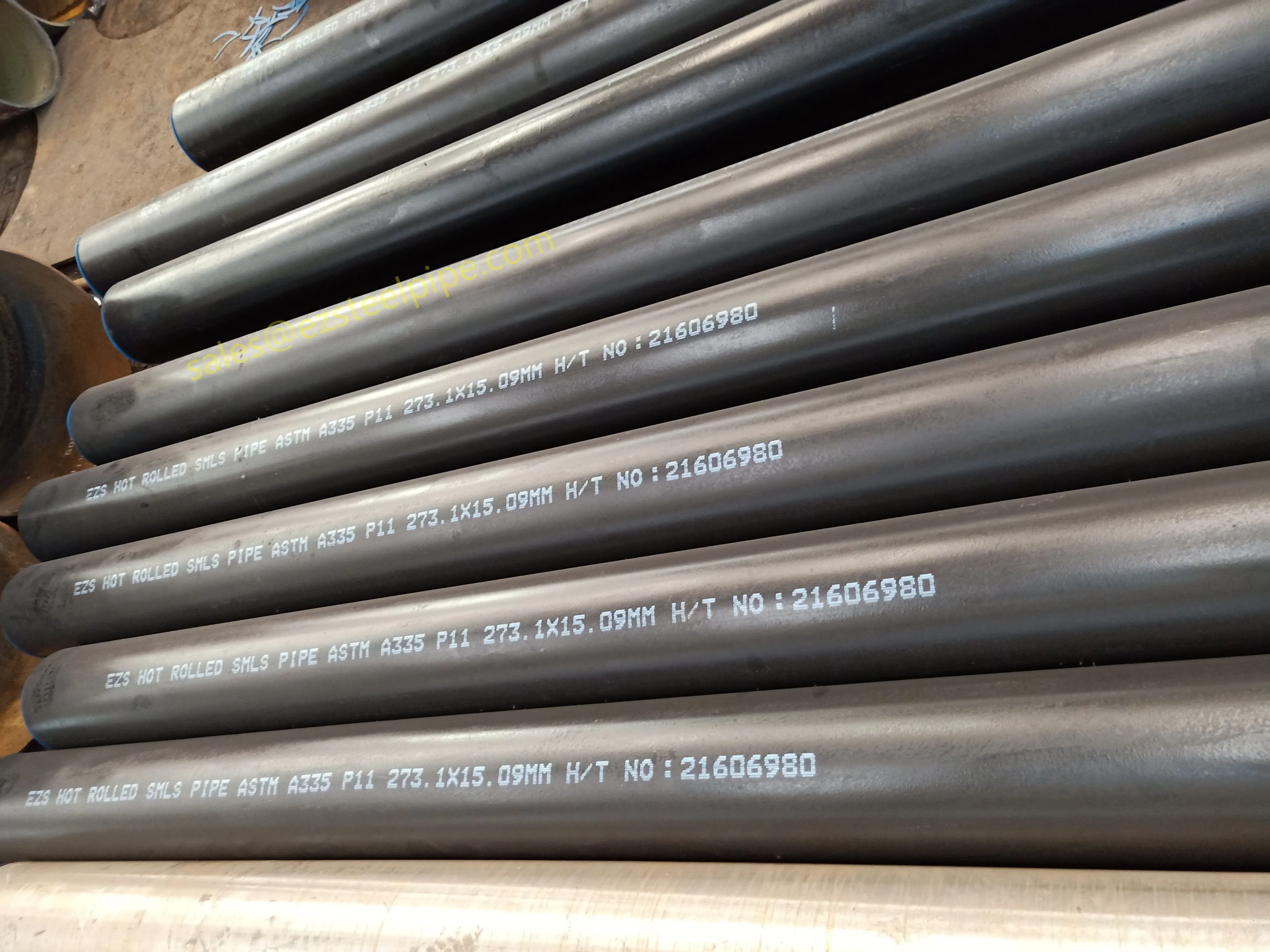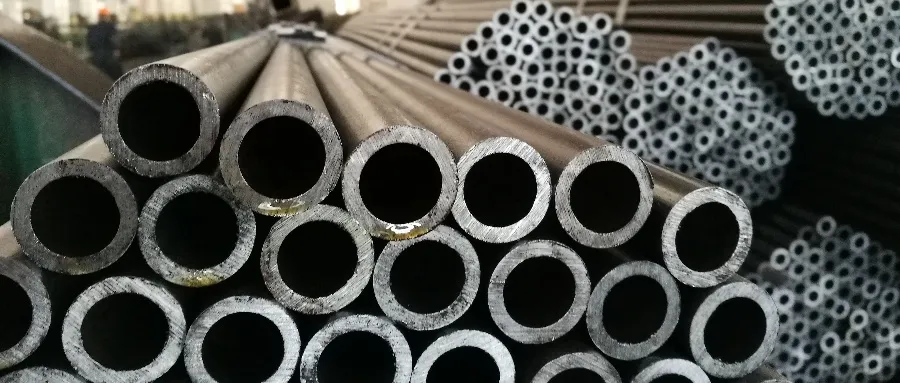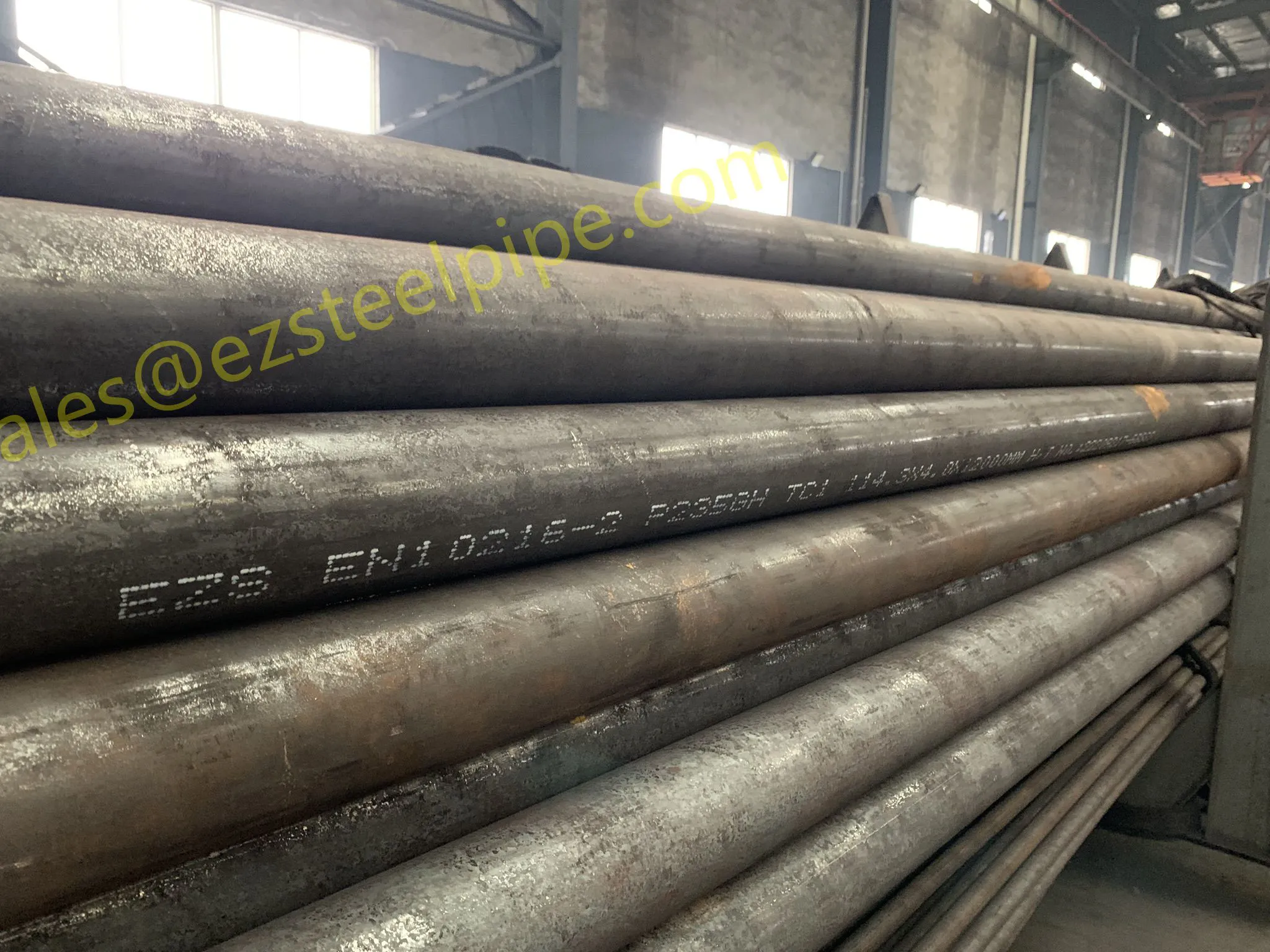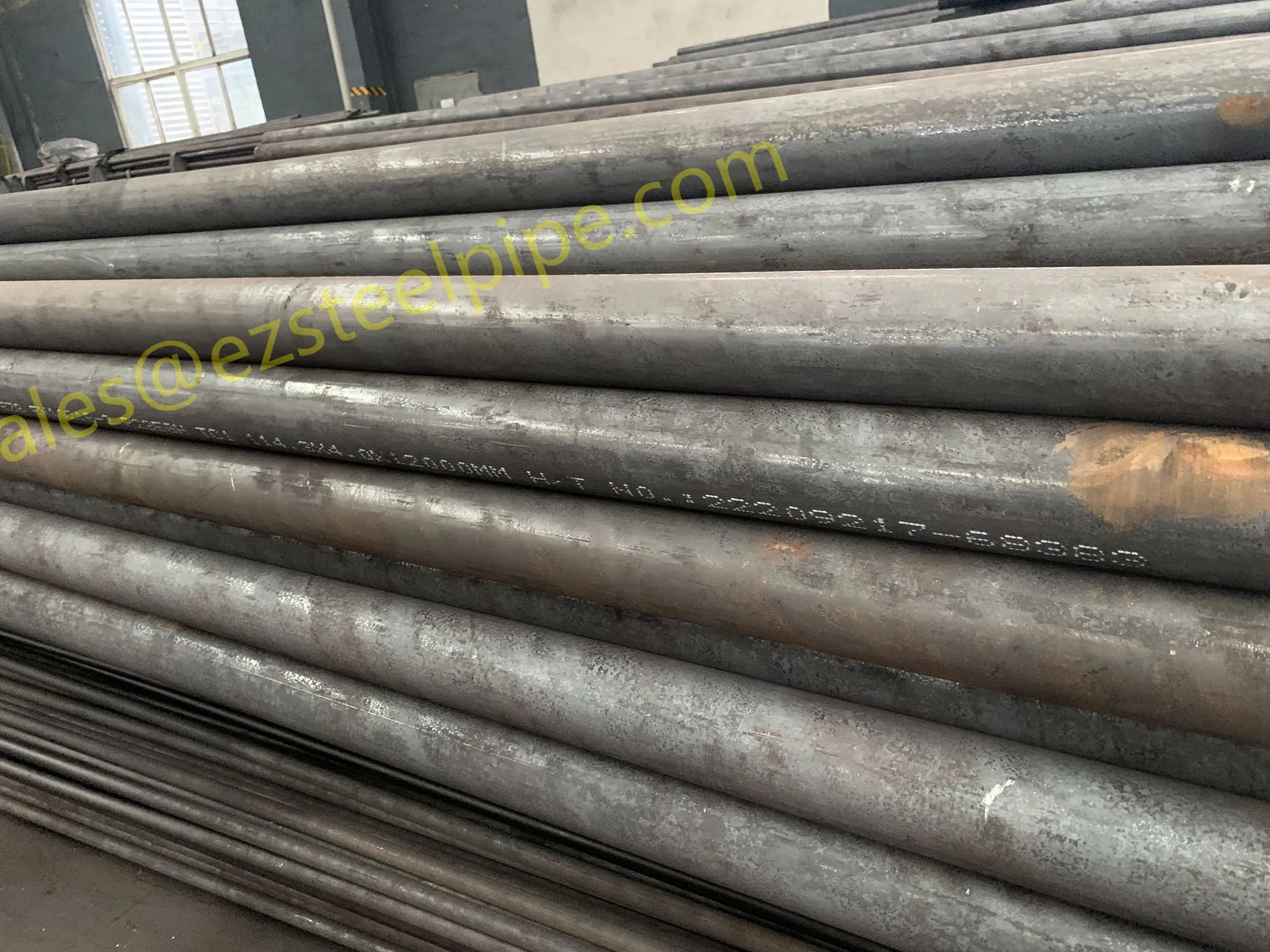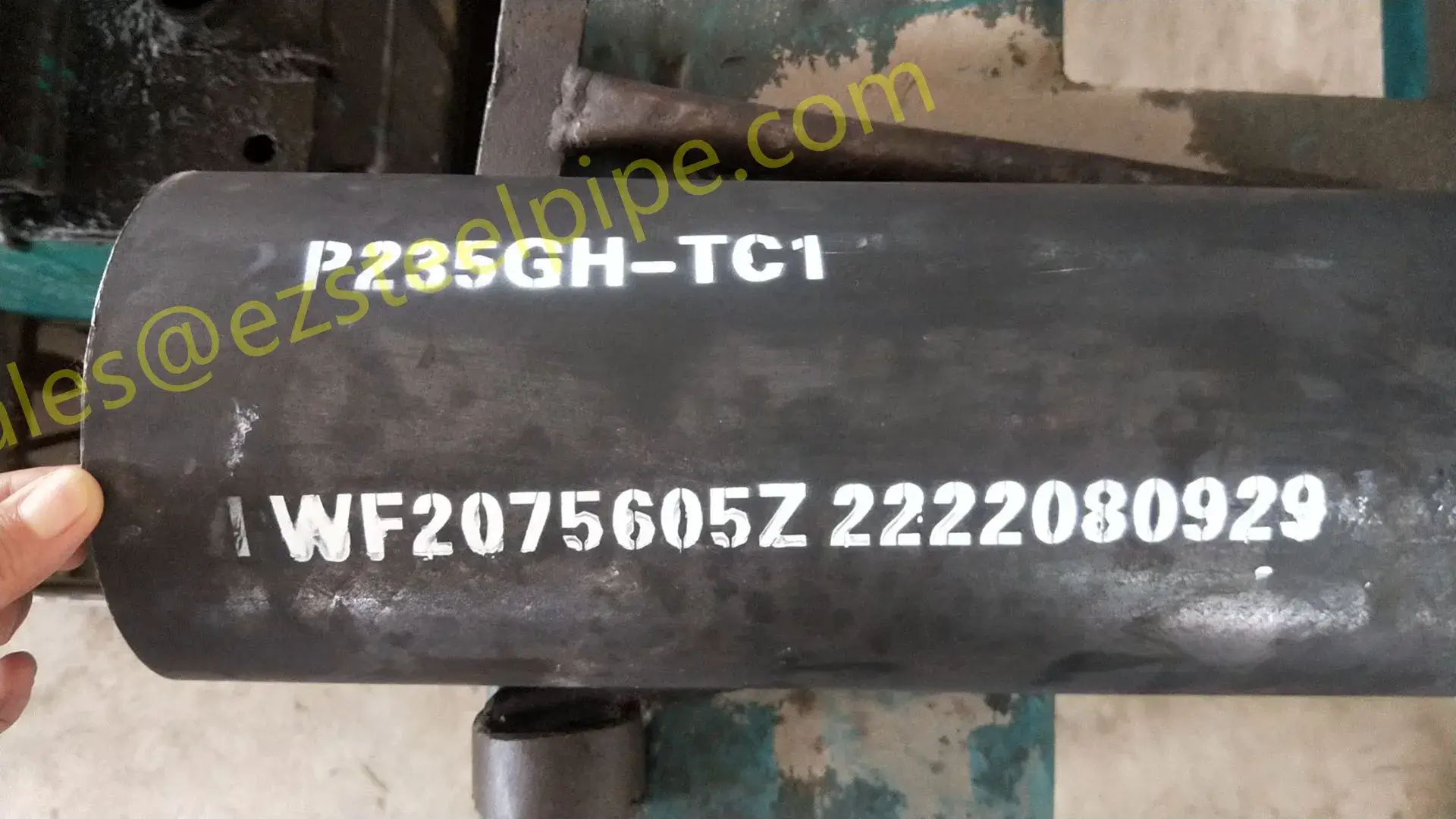Every great pipe starts with great materials, and for carbon & carbon alloy steel pipes, that means carefully selecting the right blend of iron, carbon, and alloying elements. Carbon steel, the most common type, is primarily iron with a small carbon content (typically 0.05% to 2.0%), which gives it strength and ductility. Carbon alloy steel, on the other hand, adds elements like manganese, silicon, chromium, or nickel to enhance specific properties—think better corrosion resistance, higher temperature tolerance, or increased hardness. These alloys are what make the pipes suitable for demanding applications like pressure tubes in power plants or structural supports in skyscrapers.
Raw materials come from two main sources: virgin iron ore (mined and processed into pig iron) and recycled steel scrap (collected from old machinery, vehicles, or construction debris). Scrap metal is not only cost-effective but also eco-friendly, reducing the need for mining and lowering carbon emissions. However, not all scrap is created equal. Manufacturers meticulously sort and test scrap to ensure it's free of harmful contaminants (like lead or zinc) that could weaken the final product. For high-stakes applications—say, pressure tubes for petrochemical facilities—only the purest raw materials make the cut.
Once sorted, the raw materials are analyzed in labs to check their chemical composition. For example, a pipe destined for pipeline works might need a specific carbon content to balance strength and flexibility, while one for structure works could require added manganese to improve weldability. This step is non-negotiable: get the materials wrong, and the entire pipe could fail under stress.
 export@ezsteelpipe.com
export@ezsteelpipe.com +86 731 8870 6116
+86 731 8870 6116






 Related Products
Related Products

